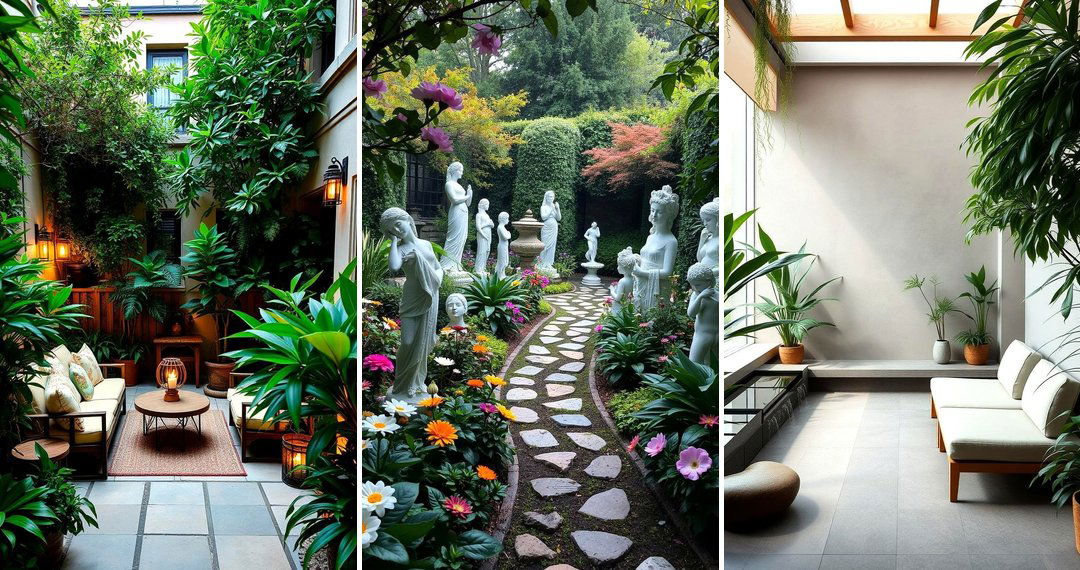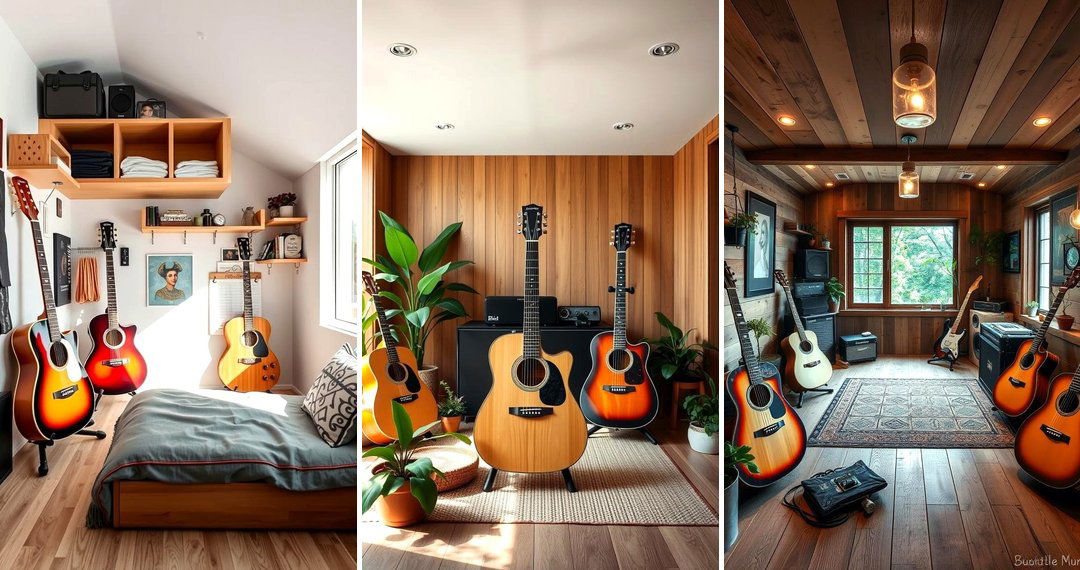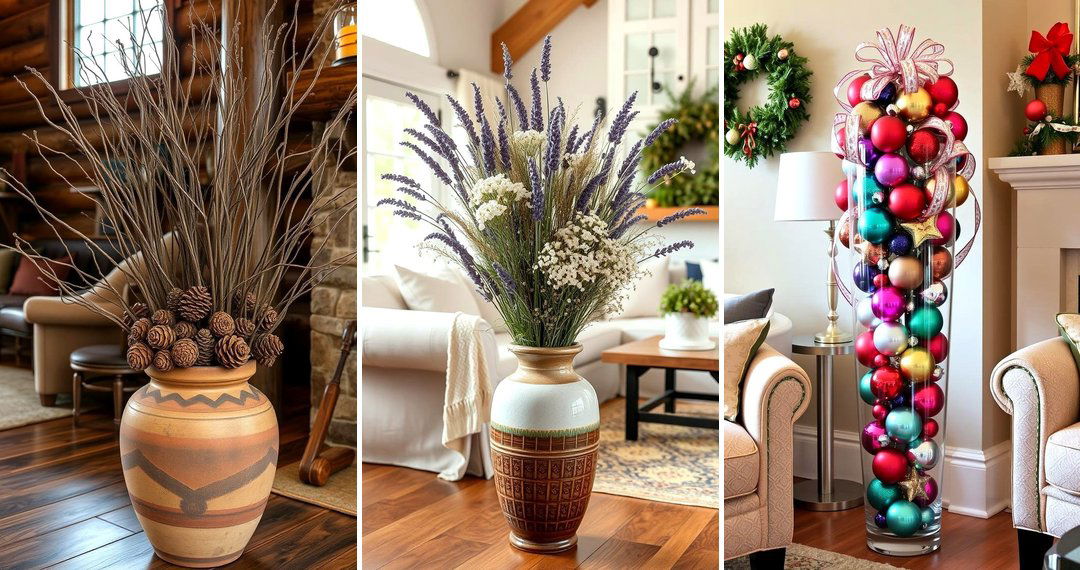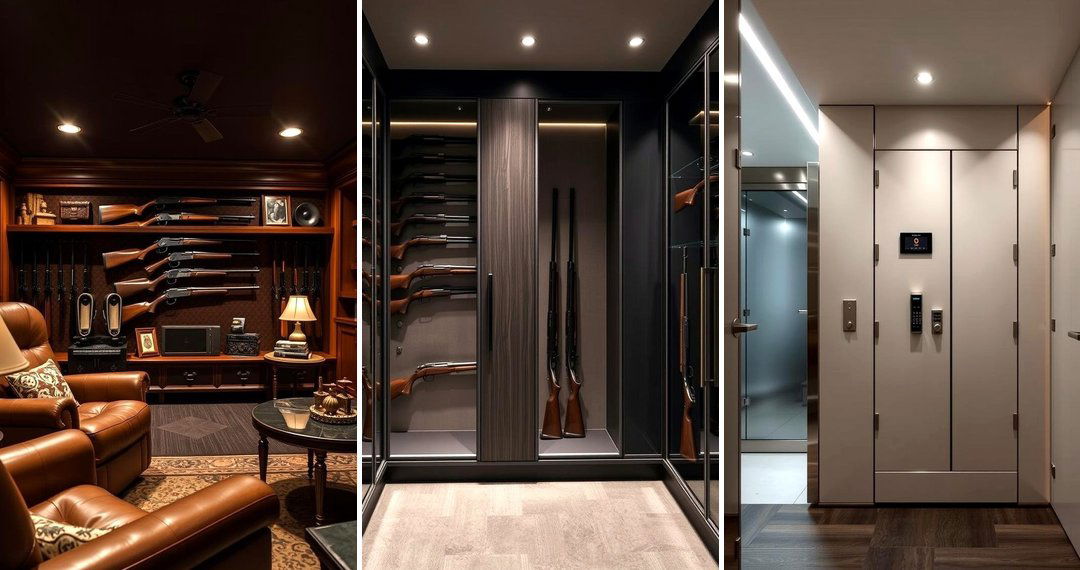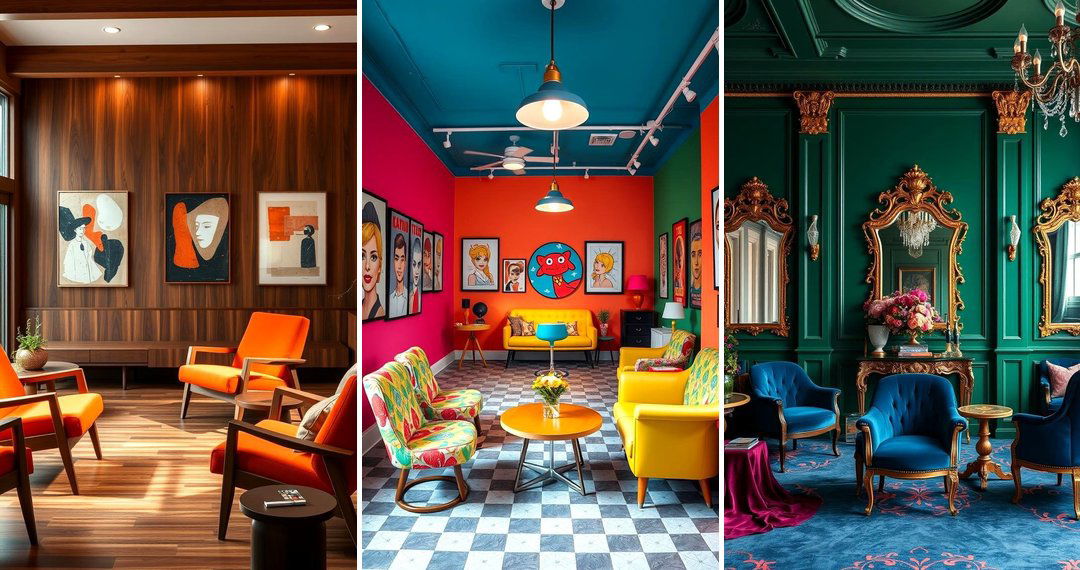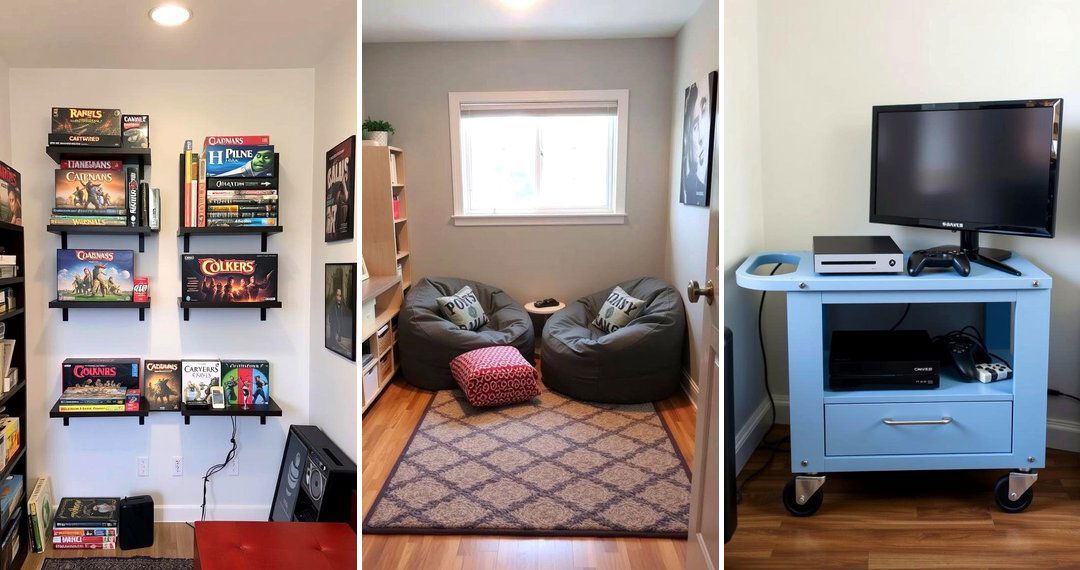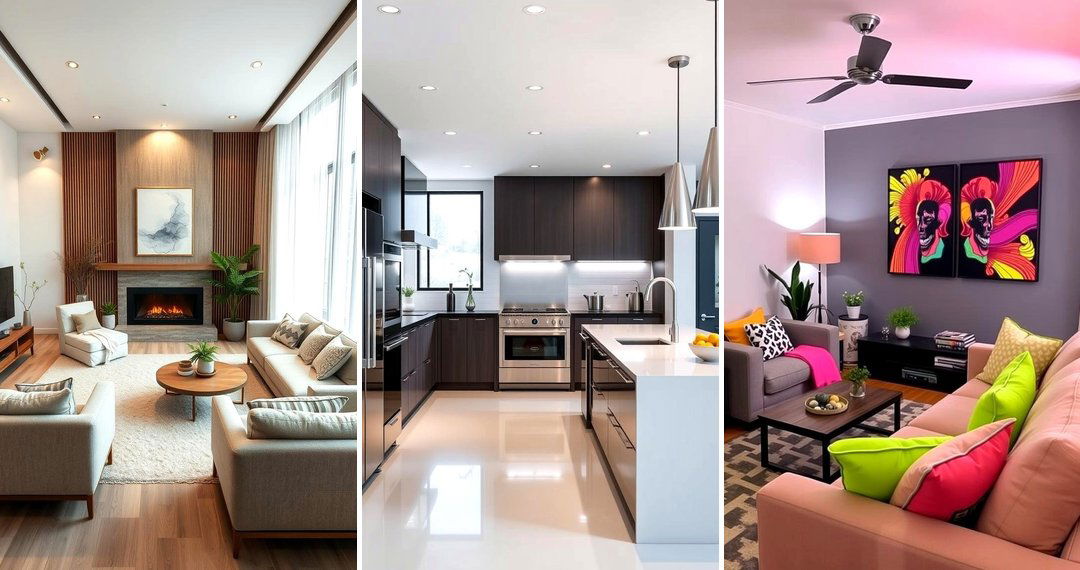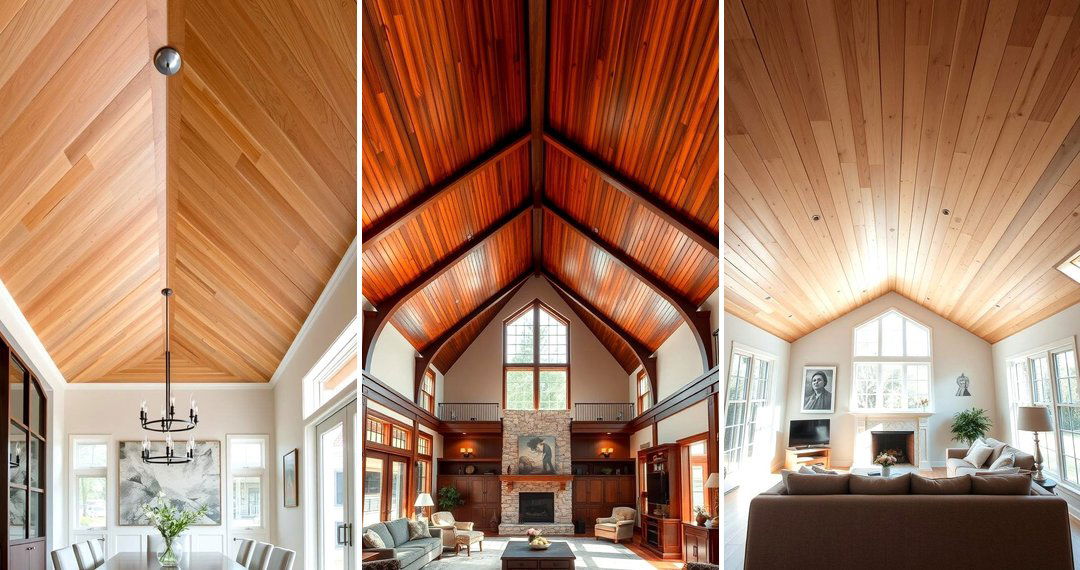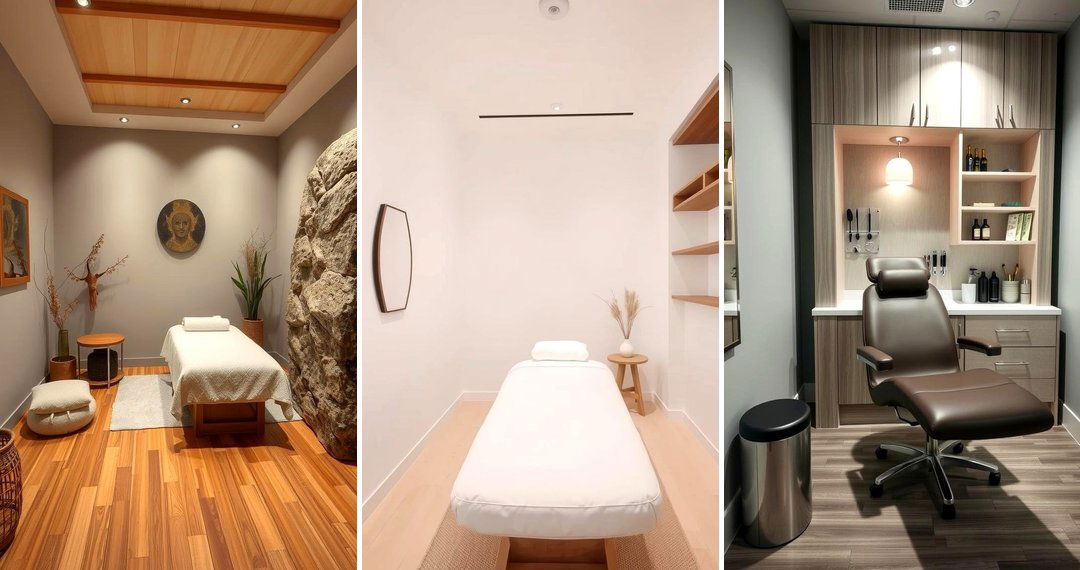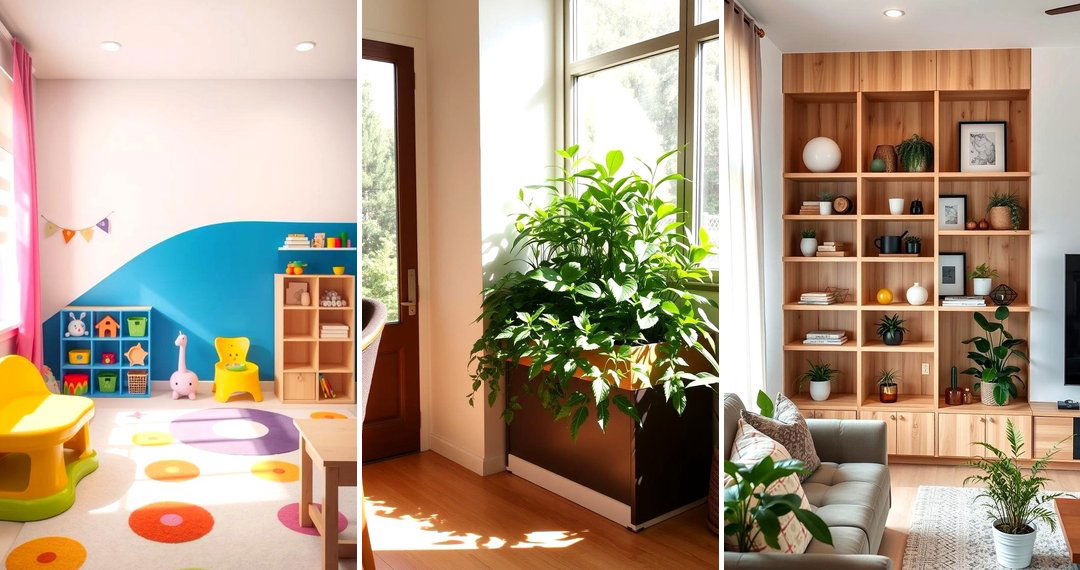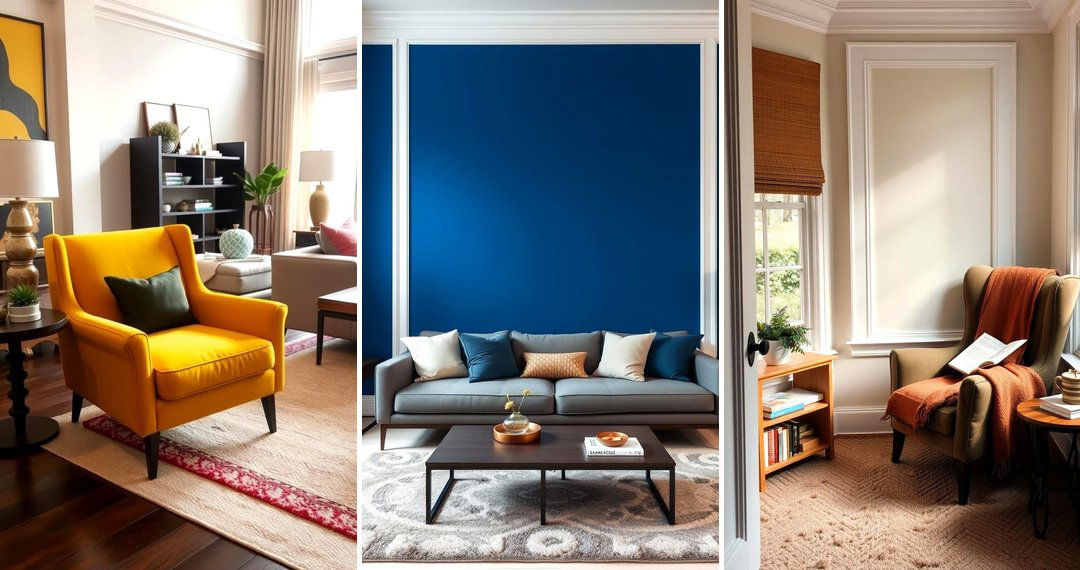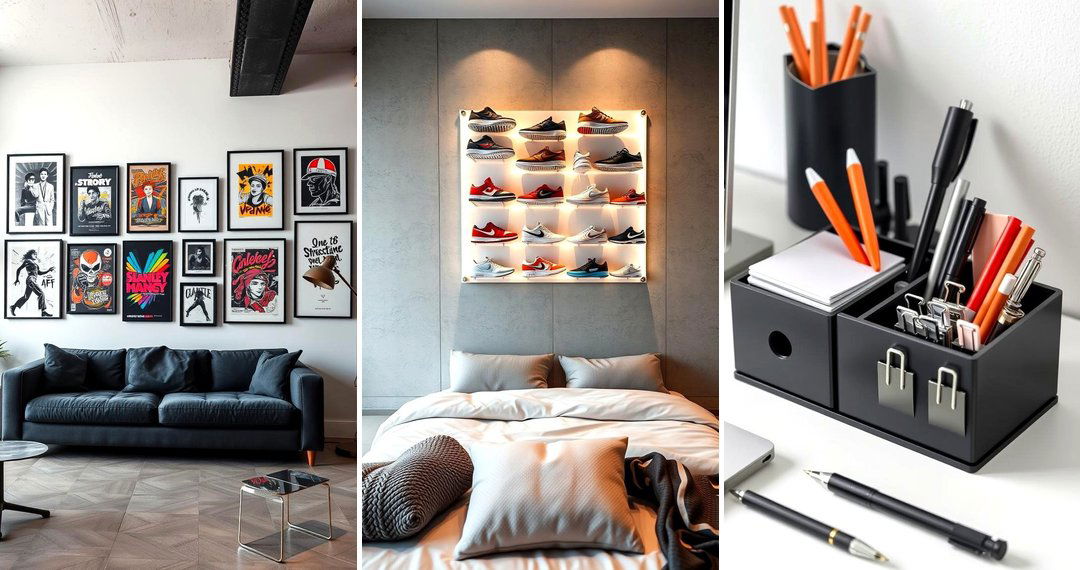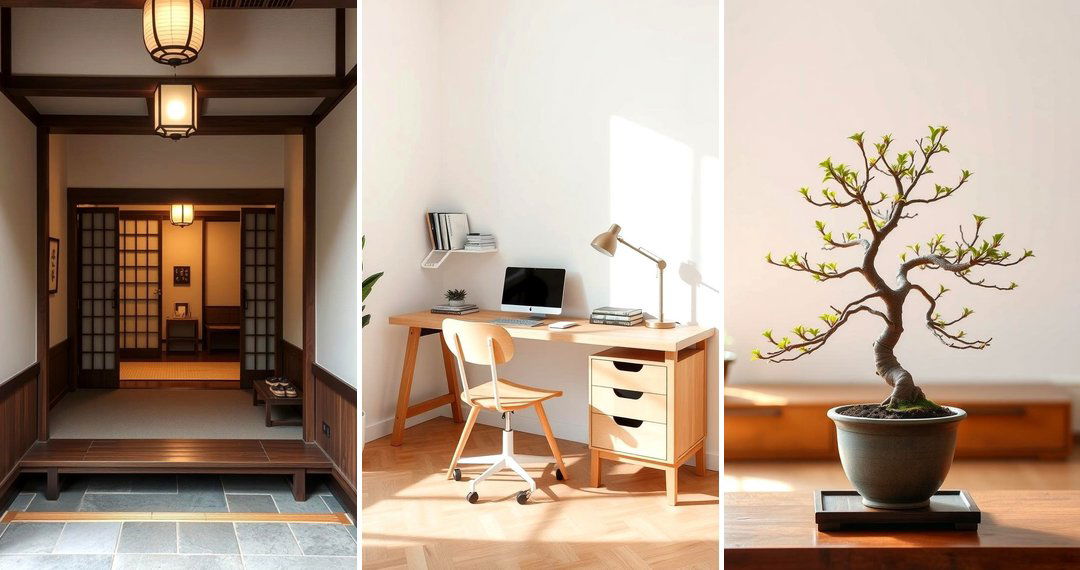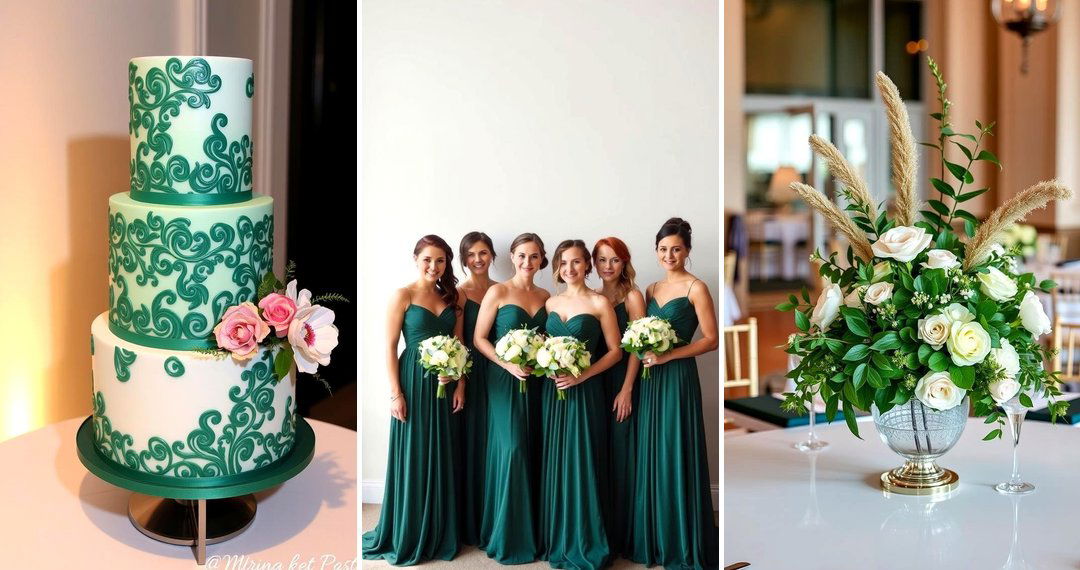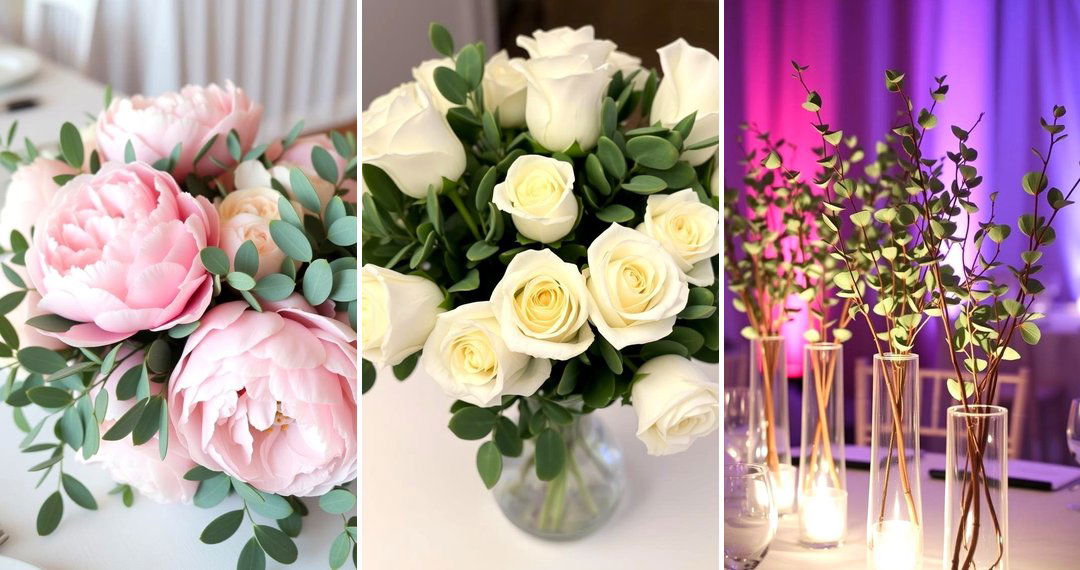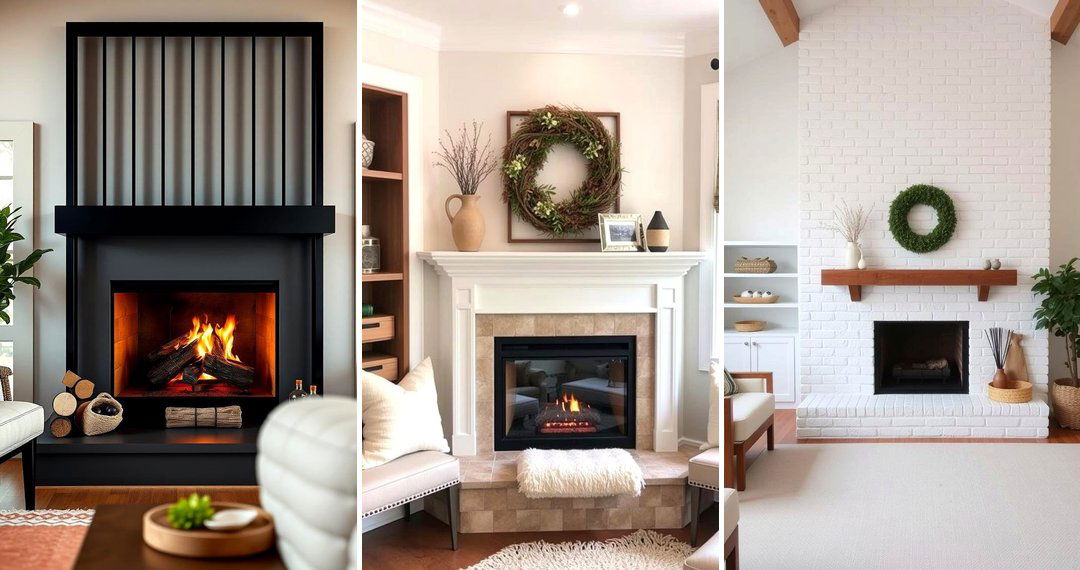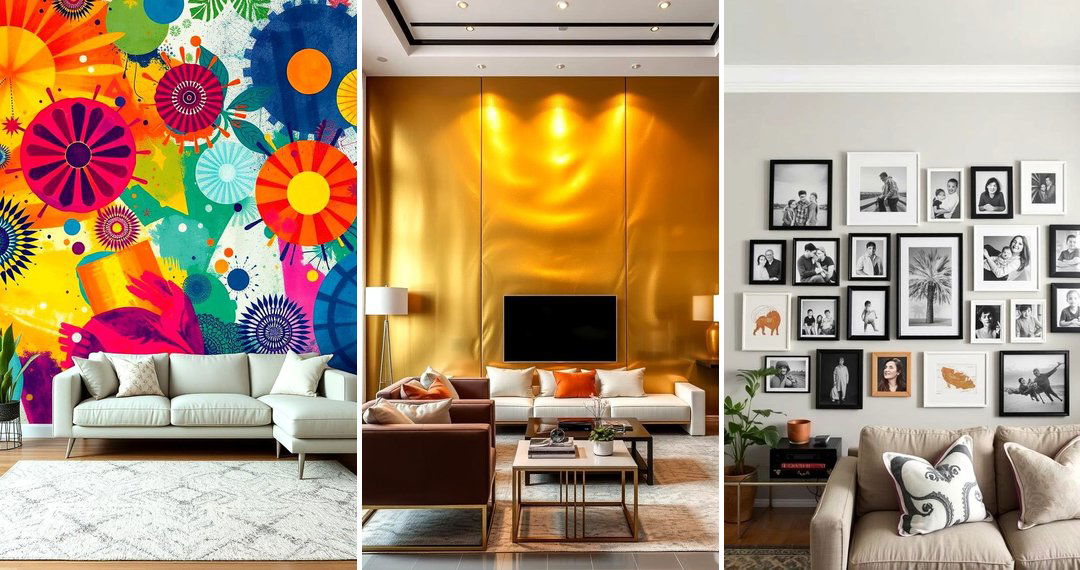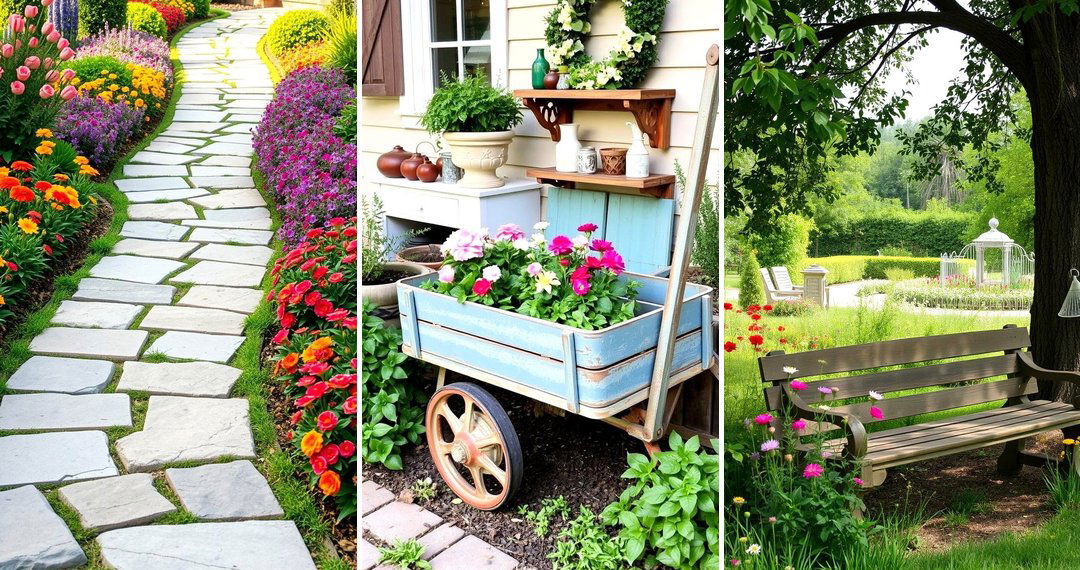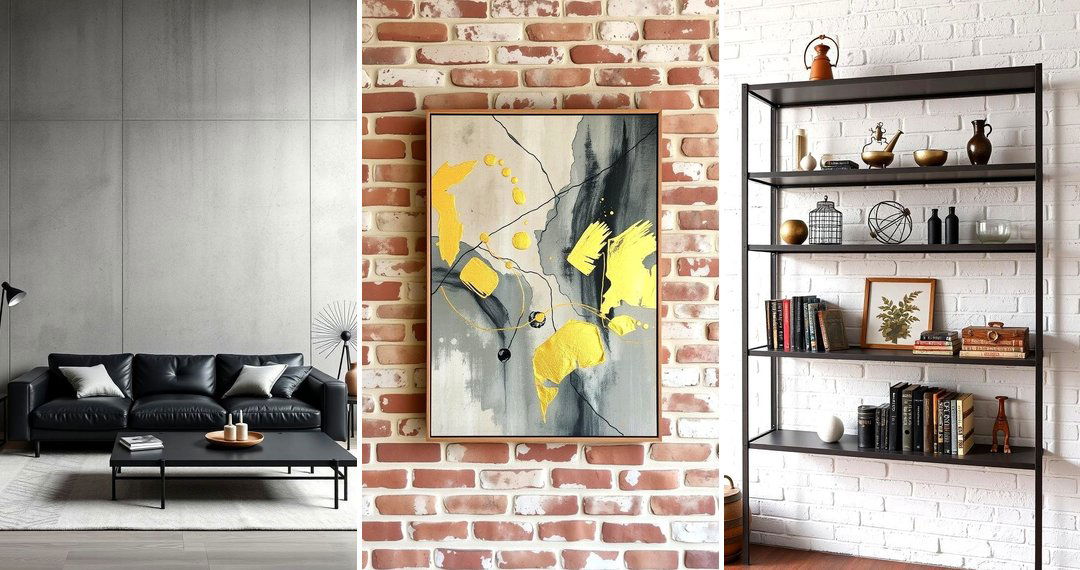Unveiling a world of possibilities, hidden doors offer a unique blend of functionality and intrigue to any space. They transform mundane walls into gateways to secret rooms, extra storage, or simply add an element of surprise. Imagine the delight of guests discovering a bookshelf that pivots to reveal a cozy reading nook, or a mirror that swings open to unveil a hidden pantry. The beauty of these concealed entrances lies not only in their clever design but also in the practicality and touch of magic they bring to our homes. Let's delve into the fascinating realm of hidden door ideas and explore how they can elevate your living space. Prepare to be inspired by the ingenuity and charm these secret passages can offer.
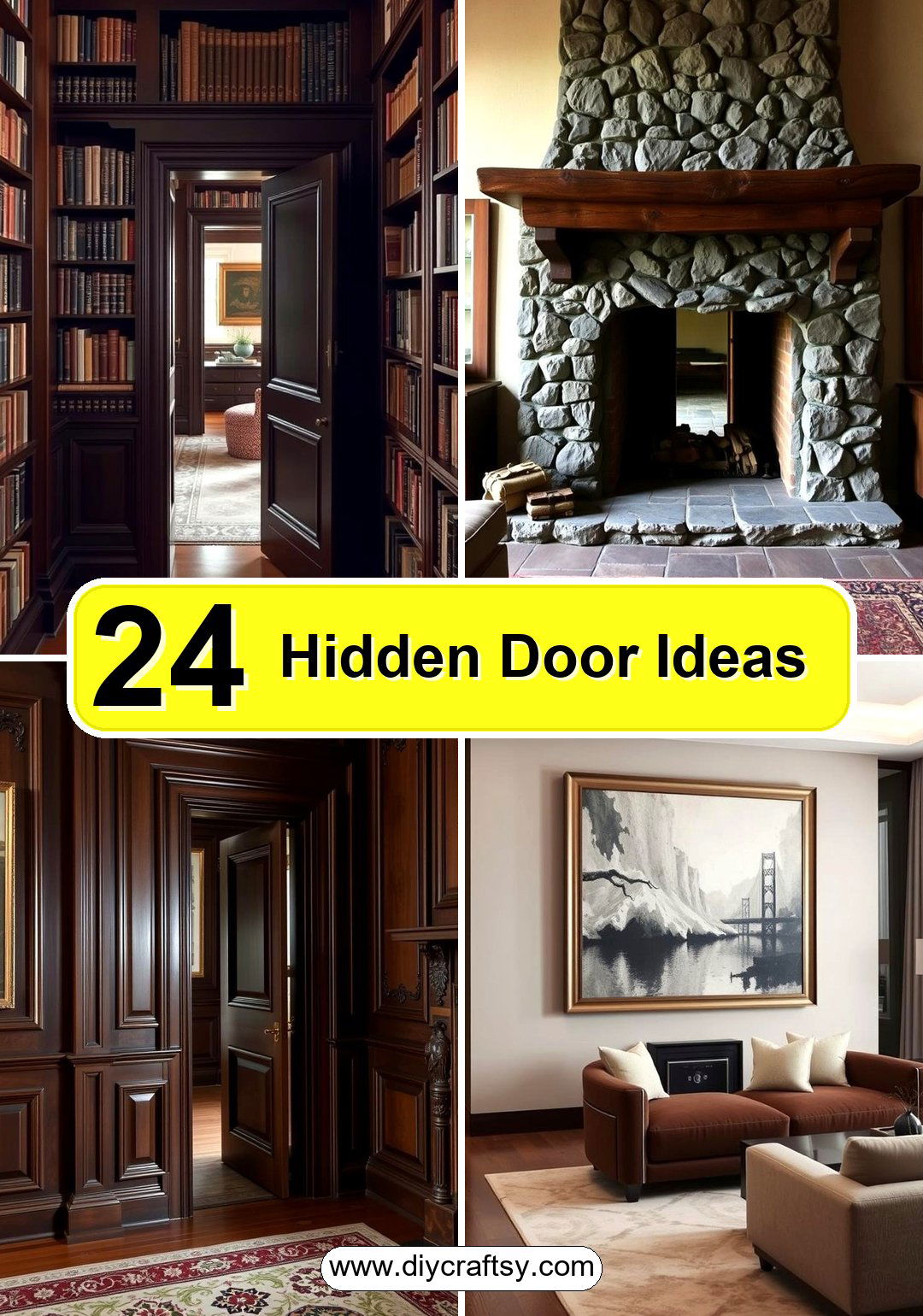
1. The Classic Bookshelf Door
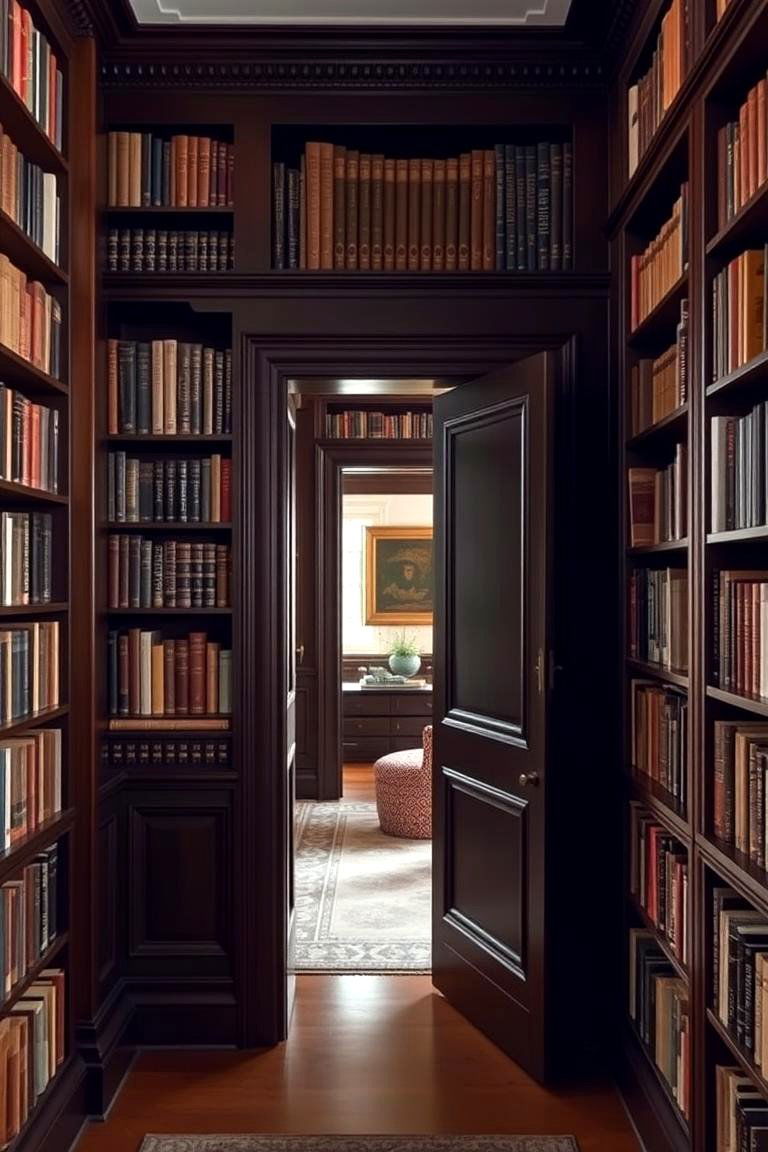
Consider the timeless elegance of a bookshelf that seamlessly integrates into your wall, doubling as a hidden door. This design offers a sophisticated way to conceal a room, blending perfectly with a study or living area. The key benefit lies in its dual functionality, providing ample storage for your literary collection while maintaining the secrecy of the space beyond. Imagine the surprise and delight of visitors as you casually pull a book and the entire shelf swings open, revealing a hidden office or a quiet retreat. This idea not only saves space but also adds a touch of classic mystery to your home décor.
2. A Mirror, Mirror, Hidden Door
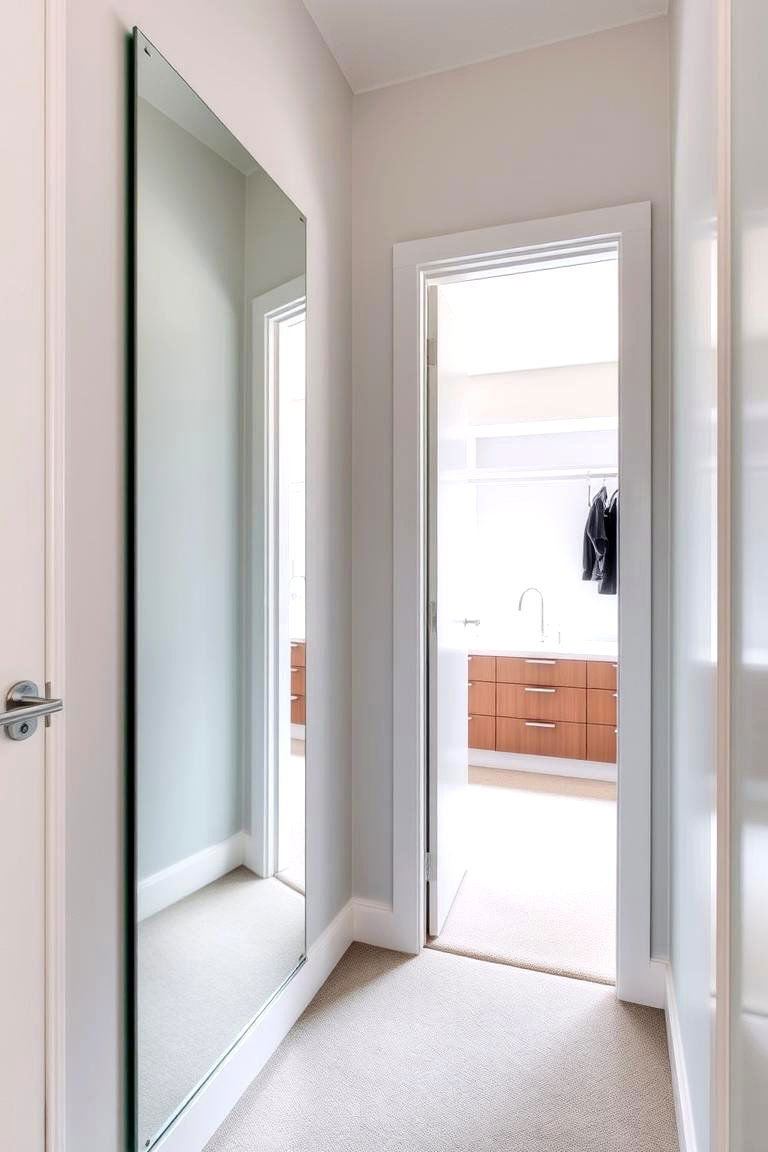
Another clever approach involves using a full-length mirror as a disguise for a hidden door. This is particularly useful in hallways, bedrooms, or even bathrooms where a mirror is a common fixture. The advantage here is the mirror's everyday utility, making the hidden door virtually undetectable. With a gentle push or a cleverly concealed latch, the mirror pivots to grant access to a walk-in closet, a safe room, or extra storage. This design is both practical and stylish, adding functionality without sacrificing aesthetics. It's a subtle yet effective way to maximize space and maintain a clean, uncluttered look.
3. The Paneled Wall Secret Passage
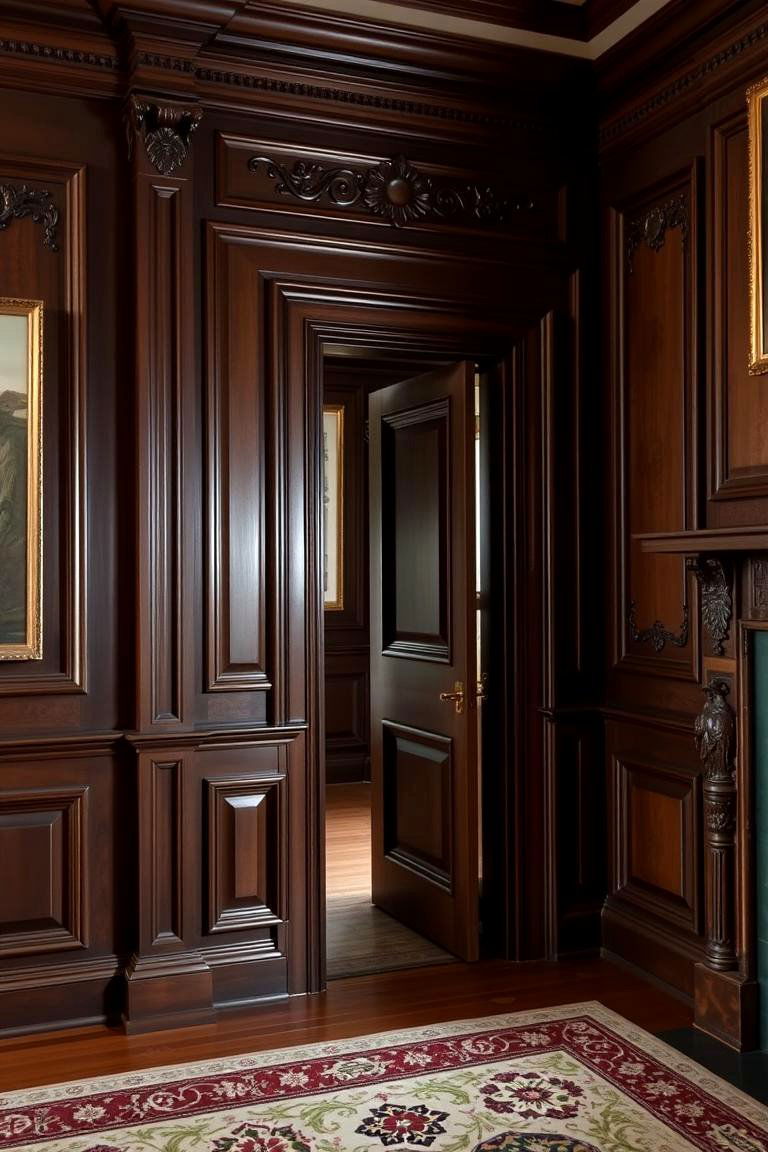
For a touch of traditional charm, think about incorporating a hidden door within a paneled wall. This design seamlessly blends with the architectural details of a room, making the entrance almost invisible. The benefits include a sophisticated aesthetic and the ability to conceal larger spaces or even entire rooms. Often activated by a subtle touch or a disguised lever, the panel swings open to reveal a study, a wine cellar, or a media room. This approach adds an element of grandeur and timeless elegance to your home, creating a sense of discovery and intrigue.
4. A Clever Kitchen Cabinet Door
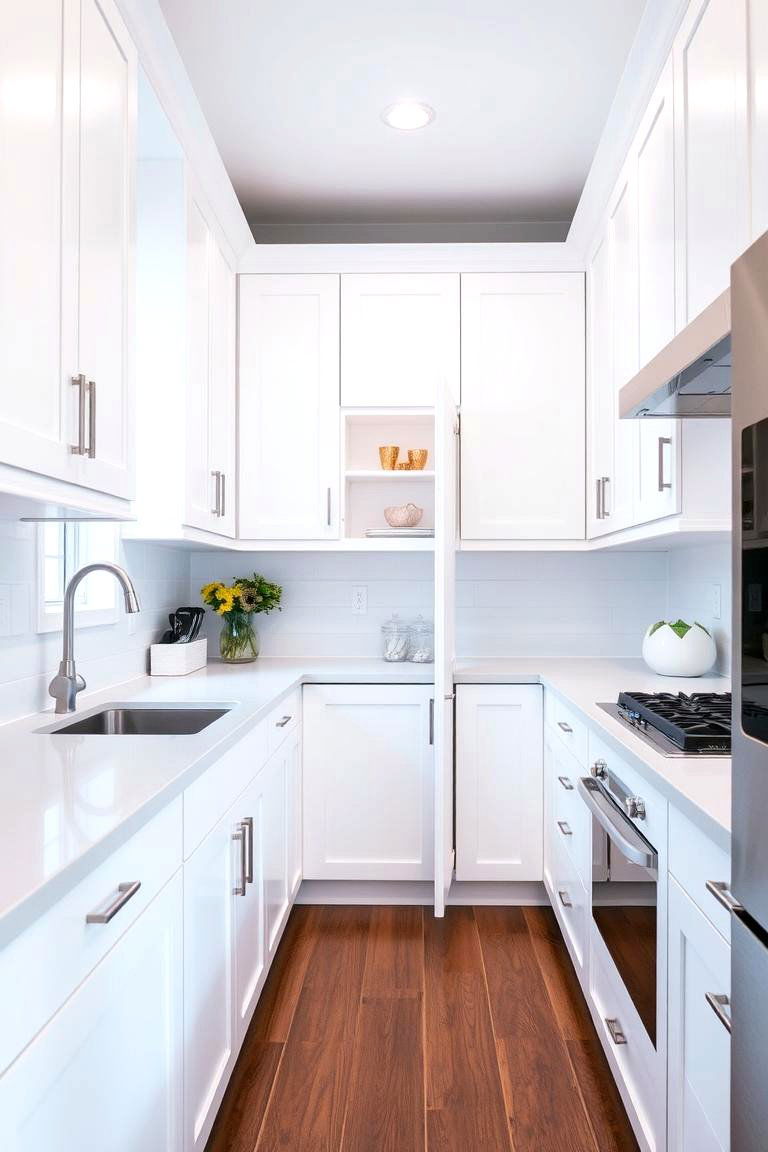
What if a section of your kitchen cabinets could lead to a hidden pantry or a utility room? This ingenious idea maximizes space in a high-traffic area while maintaining a cohesive kitchen design. The key advantage is the seamless integration with existing cabinetry, making the hidden door blend perfectly with its surroundings. Perhaps a specific cabinet panel, when pressed, unlocks and swings open, revealing extra storage or a discreet entrance. This is a highly practical solution for keeping your kitchen organized and clutter-free while adding a touch of unexpected functionality.
5. The Under-Staircase Secret Entrance
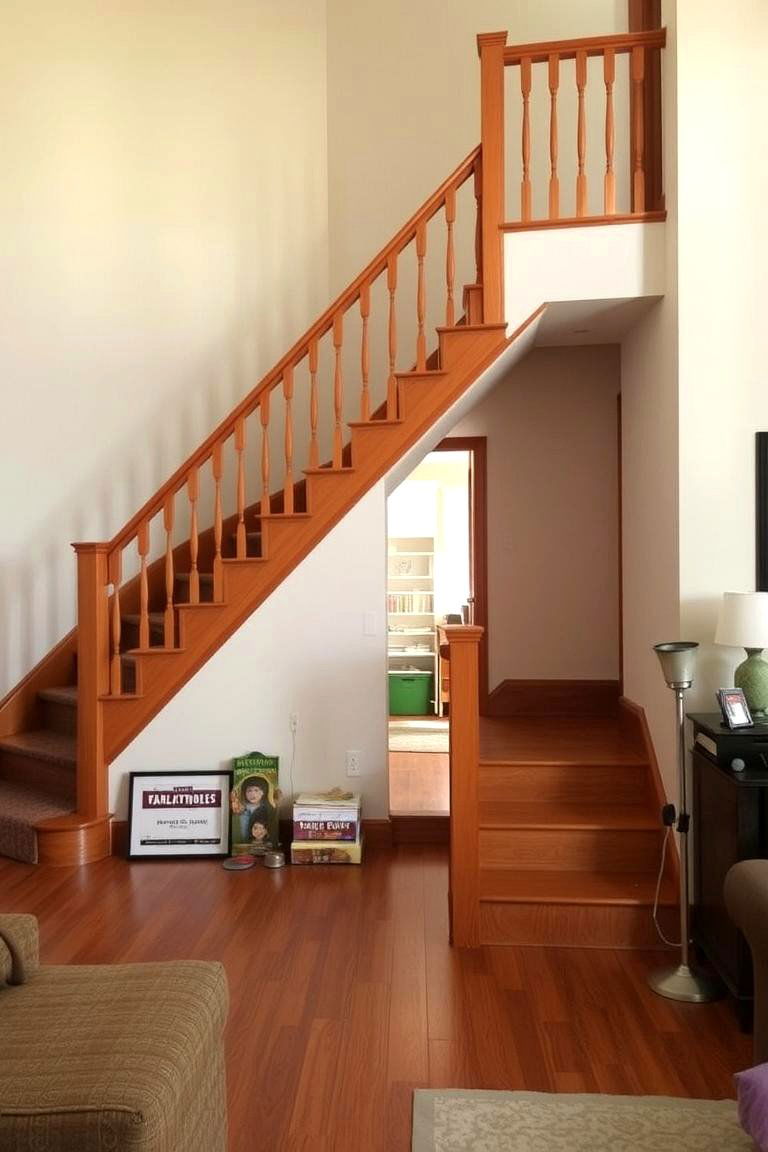
Utilizing the often-underutilized space beneath a staircase is a fantastic way to incorporate a hidden door. This area can be transformed into a small office, a play nook for children, or simply extra storage. The benefit here is the efficient use of space that would otherwise be wasted. A cleverly designed door, perhaps disguised as part of the staircase's paneling or a seemingly solid wall, can provide access to this hidden gem. This is a particularly useful idea for smaller homes where every square foot counts, offering both practicality and a touch of whimsical charm.
6. Integrating a Fireplace Facade
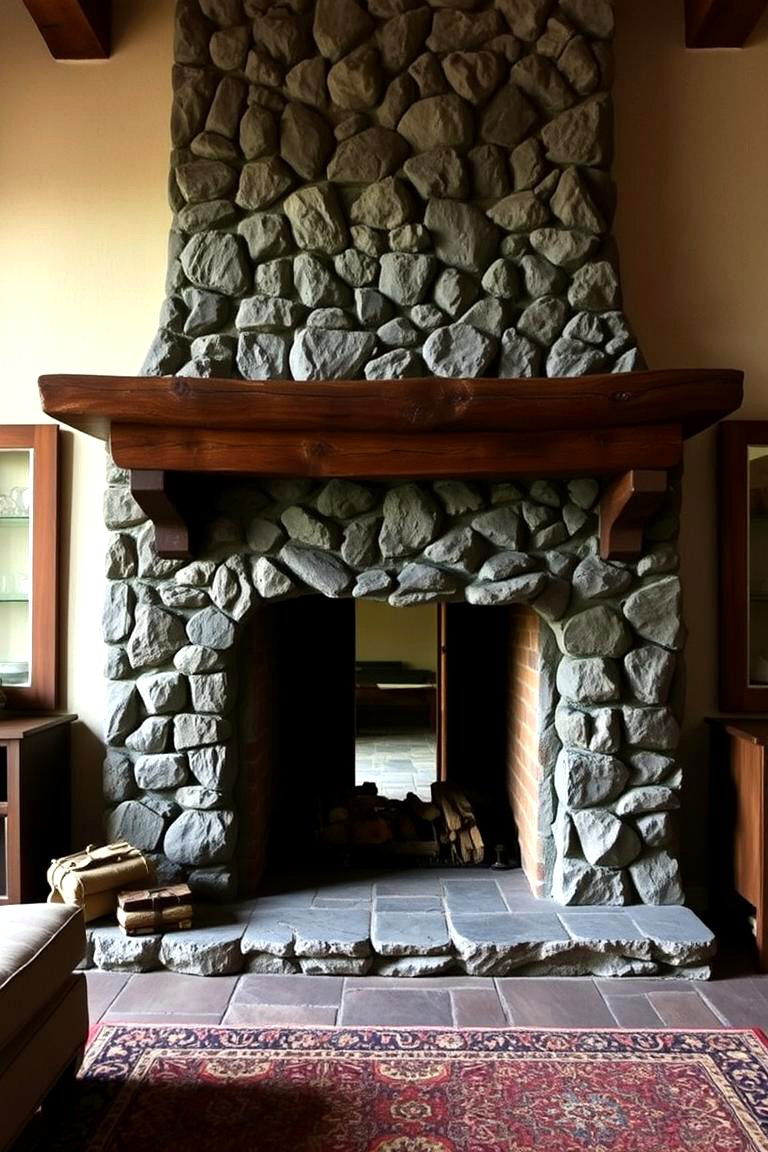
Bringing warmth and character to a room, a fireplace can also serve as an unexpected disguise for a hidden door. Imagine the fireplace facade swinging open to reveal a secret passage or a hidden room behind it. The advantage of this design is its natural integration into a common architectural feature. With careful craftsmanship, the transition can be virtually seamless, maintaining the aesthetic appeal of the fireplace while concealing a hidden space. This idea adds a touch of classic mystery and can be particularly effective in living rooms or studies.
7. The Laundry Chute with a Secret
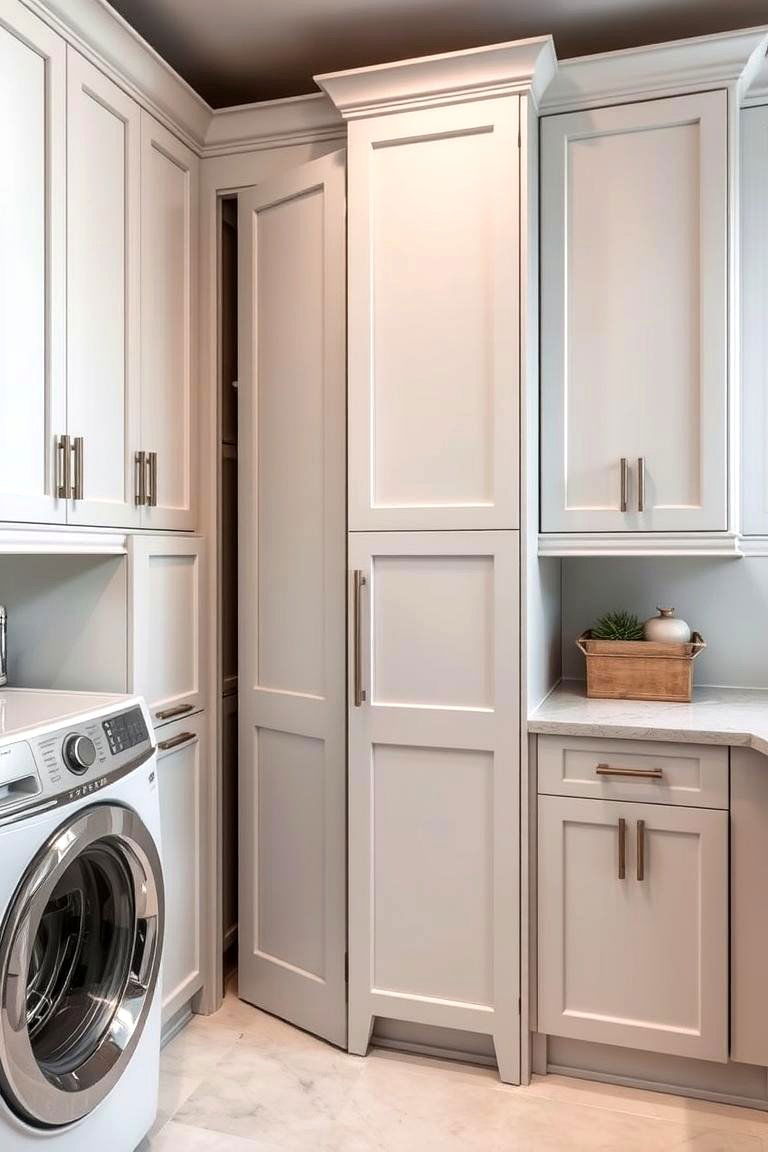
Consider a seemingly ordinary laundry chute that cleverly doubles as a hidden door. This idea is particularly useful for accessing a basement or a lower level in a discreet manner. The key benefit is the element of surprise and the dual functionality of a common household feature. What appears to be a simple laundry access point could, with a hidden latch or mechanism, swing open to reveal a staircase or a passage. This is a practical and unexpected way to integrate a hidden door into your home.
8. A Rotating Wall Art Piece
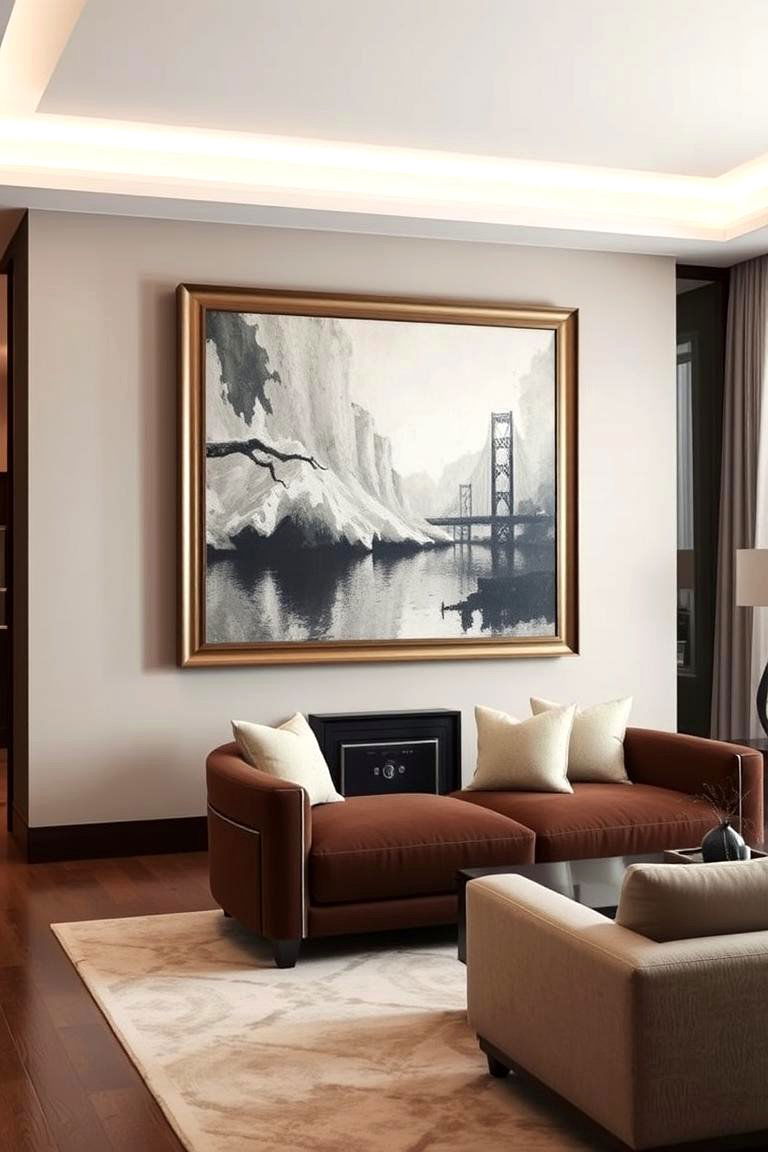
Looking for a way to conceal a small safe or a hidden compartment? A large piece of wall art can be ingeniously designed to rotate, revealing a secure space behind it. The benefit here is the subtlety and the ability to hide valuables in plain sight. Guests would simply admire the artwork without suspecting the secret it holds. This is a clever and stylish way to enhance security and add a touch of intrigue to your décor. The artwork itself can be chosen to complement the room's aesthetic, ensuring seamless integration.
9. The Trap Door in the Floor
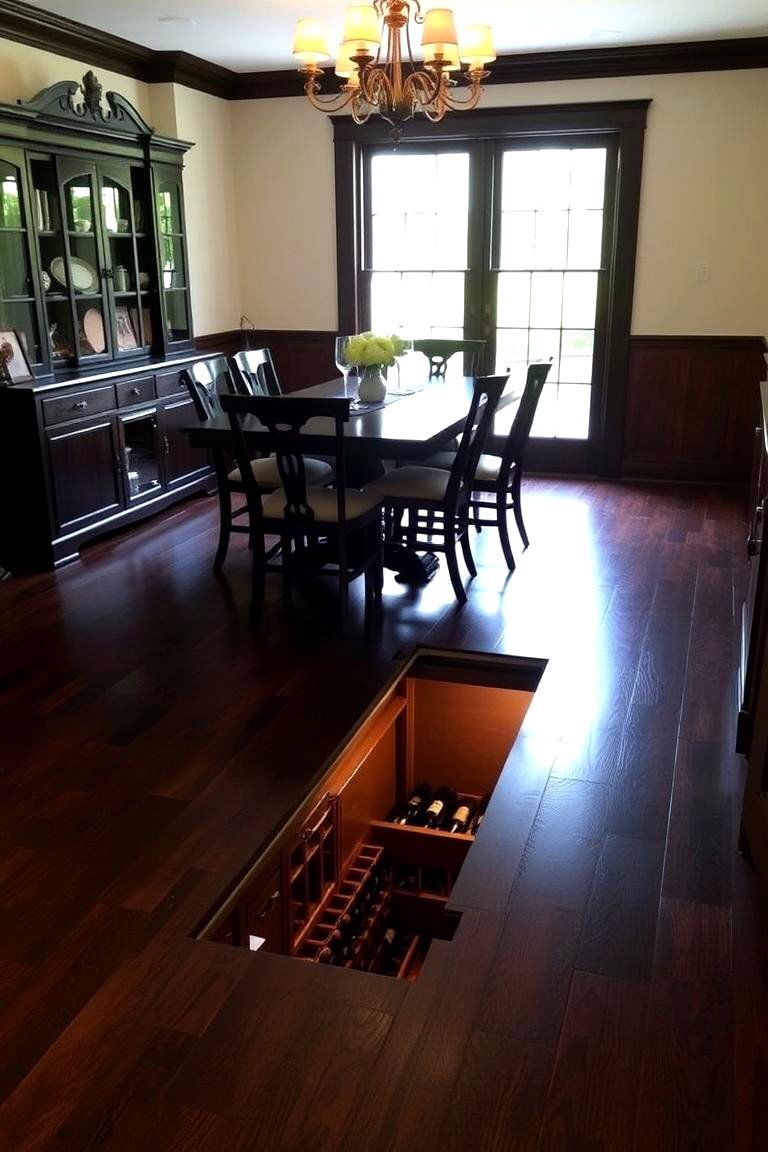
Take a step back in time with the classic concept of a trap door, cleverly integrated into your flooring. This can be an excellent way to access a basement, a wine cellar, or even a hidden storage area beneath the main level. The advantage lies in its inconspicuous nature, as it blends seamlessly with the floor when closed. With careful design and sturdy construction, a trap door can be both functional and safe, adding a touch of old-world charm and practicality to your home.
10. A Hidden Door Within a Closet
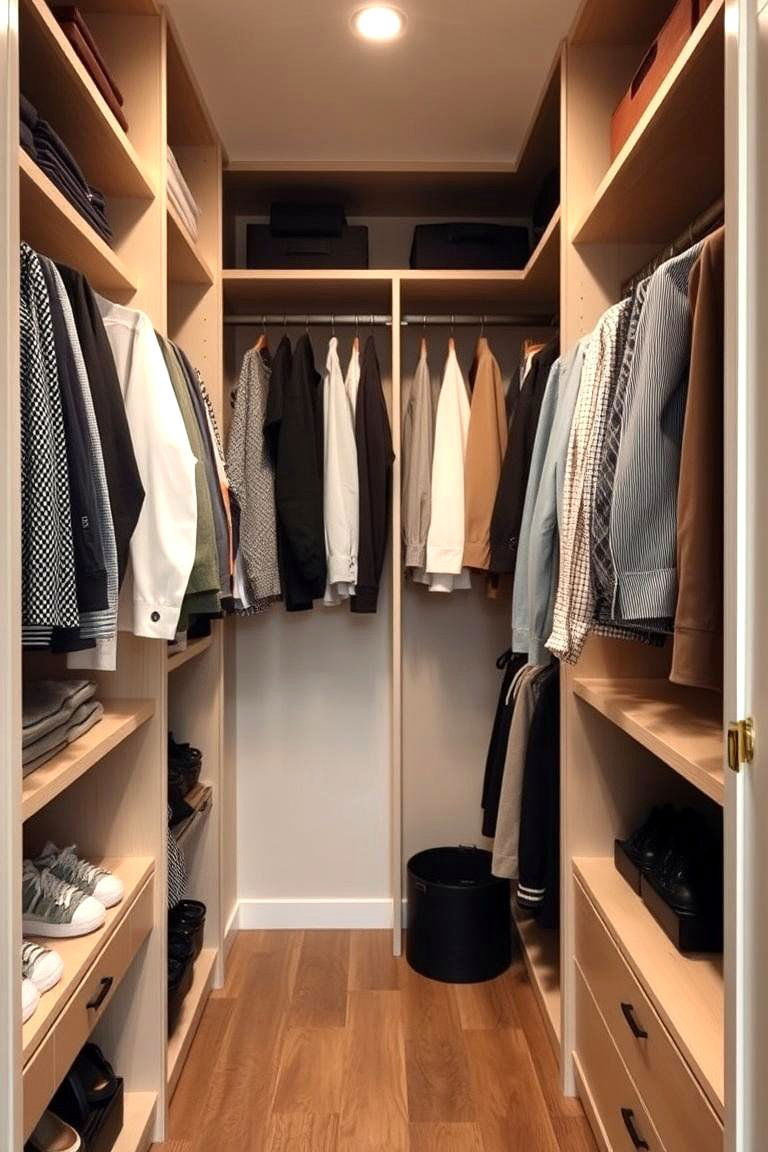
Another practical approach is to conceal a door within an existing closet. This is particularly useful for creating a secret passage between two rooms or for accessing a hidden storage area within a larger closet. The benefit is the discreet nature of the entrance, as it appears to be just another part of the closet. Perhaps a back panel or a side wall of the closet swings open to reveal the hidden space. This is a space-saving and effective way to add a touch of secrecy to your home layout.
11. The Headboard Hideaway
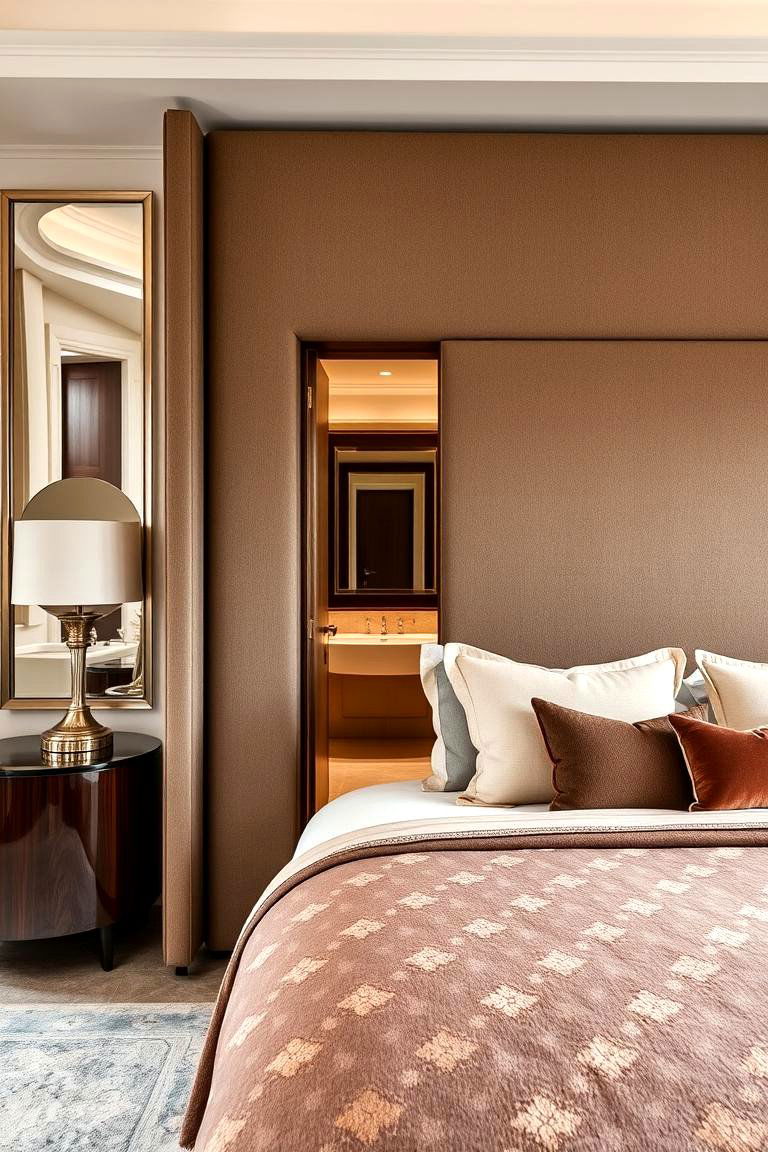
For a unique twist in a bedroom, consider incorporating a hidden door into the headboard of your bed. This could lead to an en-suite bathroom, a walk-in closet, or even a secret room. The advantage is the unexpected nature of this design element. What appears to be a stylish headboard could, with a clever mechanism, pivot or slide to reveal a hidden passage. This adds a touch of luxury and surprise to your personal sanctuary.
12. A Secret Garden Gate
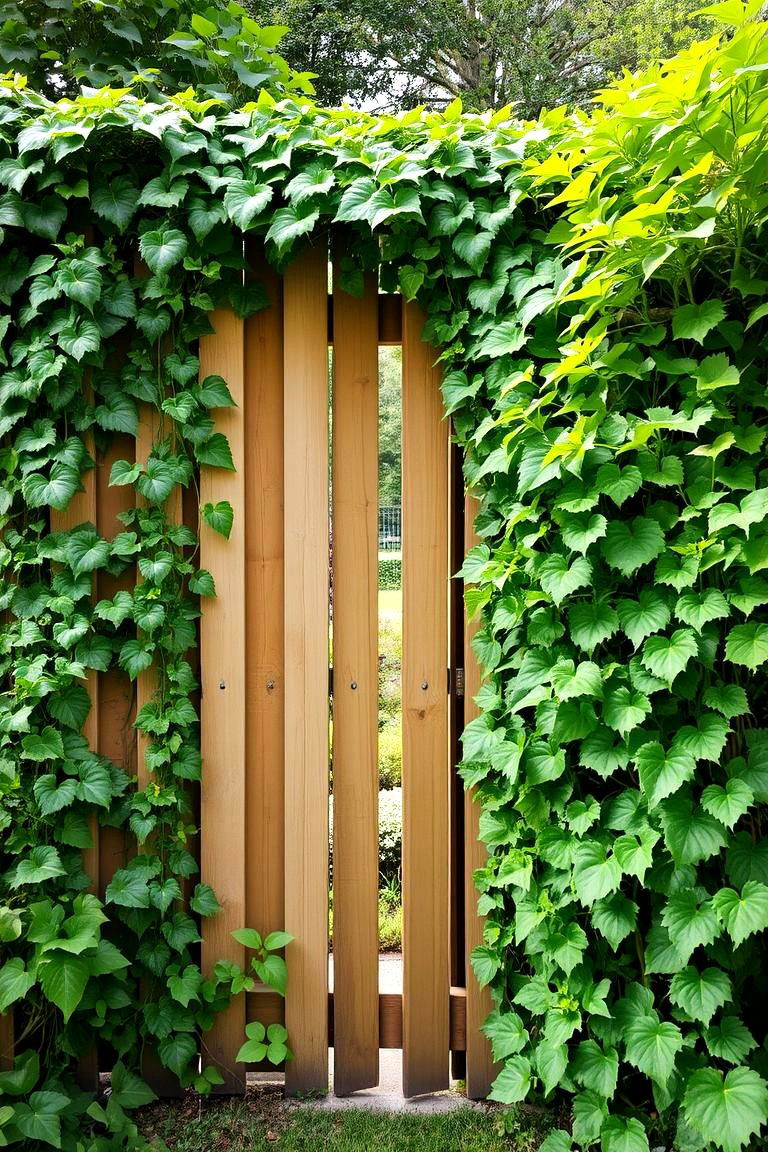
Extending the concept outdoors, imagine a section of your garden fence or wall that cleverly conceals a hidden gate. This could lead to a secluded part of your garden, a hidden pathway, or even an entirely separate area. The benefit is the element of surprise and the ability to create a sense of discovery within your outdoor space. Perhaps a section of the fence, disguised with climbing plants or matching materials, swings open to reveal a secret entrance. This adds a touch of enchantment to your landscape design.
13. The Entertainment Center Concealment
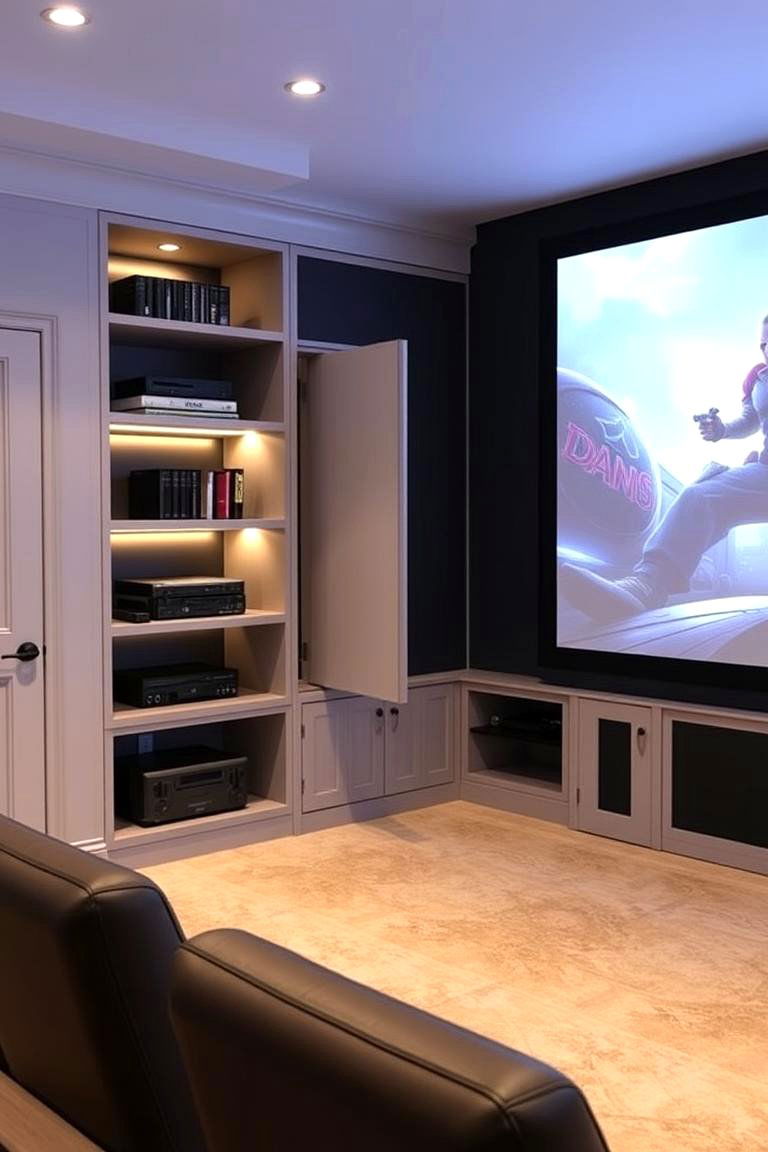
With the rise of home theaters, an entertainment center can be an ideal place to integrate a hidden door. A section of the shelving unit or the screen itself could be designed to swing open, revealing a media room, a gaming area, or extra storage for electronics. The advantage is the natural fit within a room already dedicated to entertainment. This design allows for a seamless transition between spaces while maintaining the aesthetic of a well-organized entertainment area.
14. A Decorative Screen as a Door
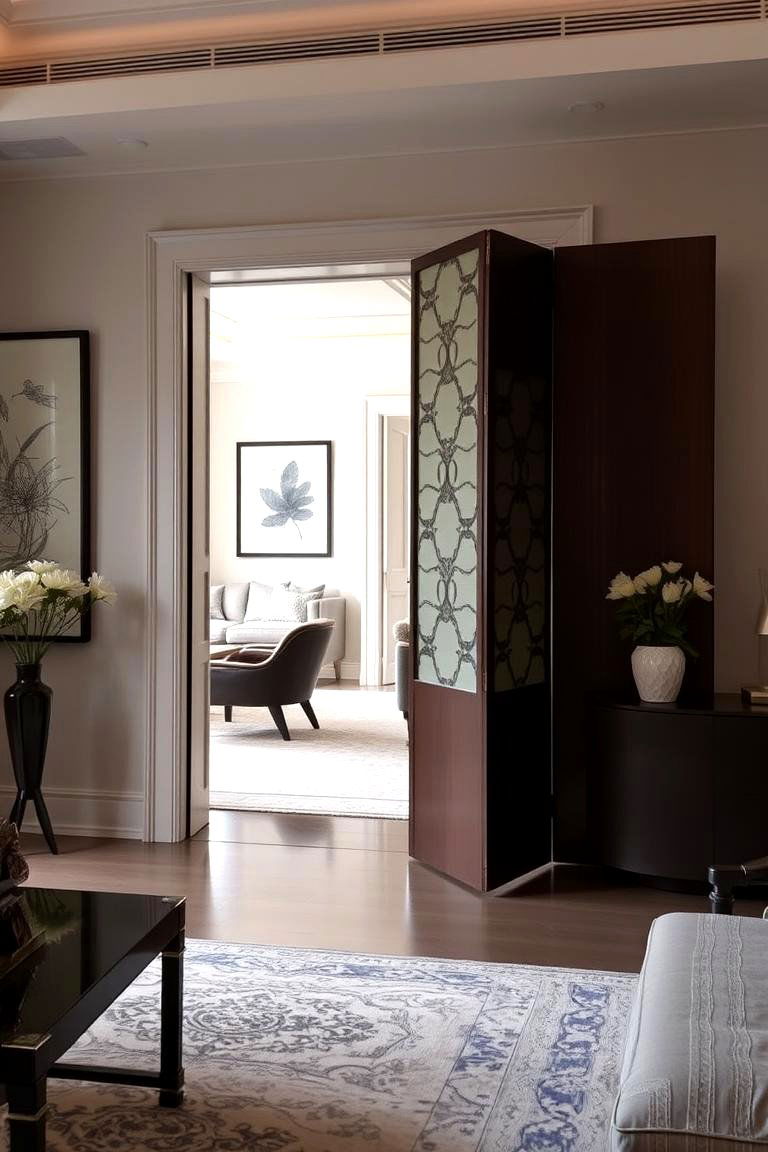
Think outside the box with a decorative screen that cleverly functions as a hidden door. This is a stylish way to divide a room while also concealing an entrance to another space. The benefit lies in the screen's aesthetic appeal and its ability to add an element of artistry to your décor. Whether it's a folding screen or a fixed panel, with a carefully concealed hinge, it can swing open to reveal a hidden passage. This is a unique and elegant way to incorporate a hidden door into your home.
15. The Wine Rack Revelation
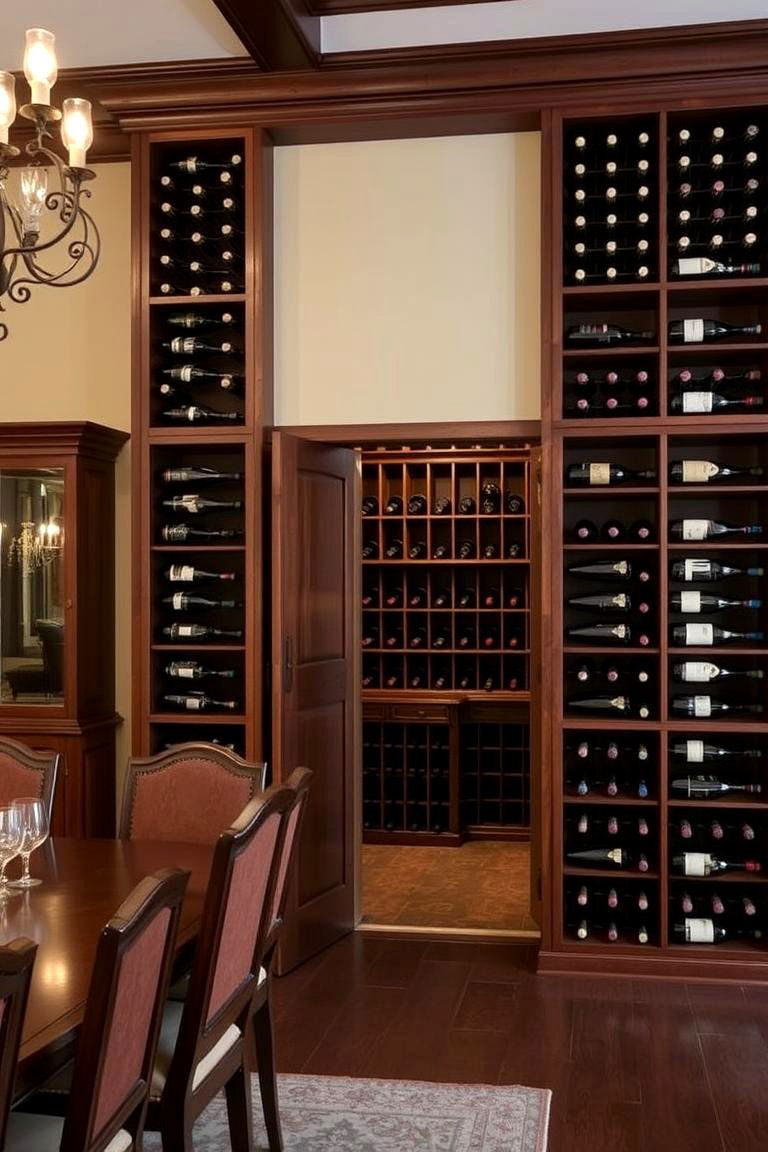
For the connoisseur, a wine rack can be more than just storage; it can be a hidden door to a wine cellar or a tasting room. Imagine a section of the wine rack, perhaps a larger panel or a specific row, that pivots or slides to reveal a secret entrance. The advantage is the thematic consistency and the element of surprise for guests. This design adds a touch of sophistication and practicality to a dining area or a dedicated wine space.
16. A Section of Kitchen Backsplash
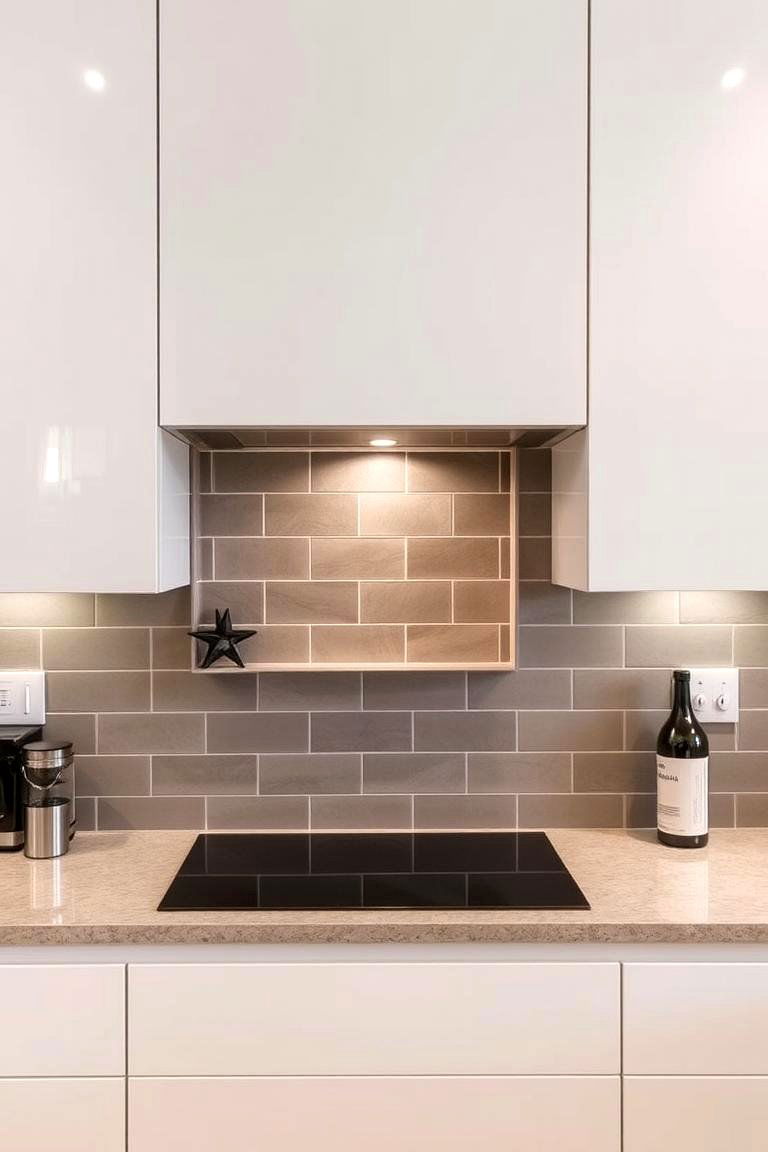
Bringing a modern twist to hidden doors, consider integrating one into your kitchen backsplash. A seemingly ordinary section of tiles or a decorative panel could, with a hidden mechanism, swing open to reveal a small storage space for spices, utensils, or even a hidden charging station. The benefit is the discreet nature of this design and its seamless integration into a functional area of the kitchen. This is a clever way to maximize space and keep your countertops clutter-free.
17. The False Wall Niche
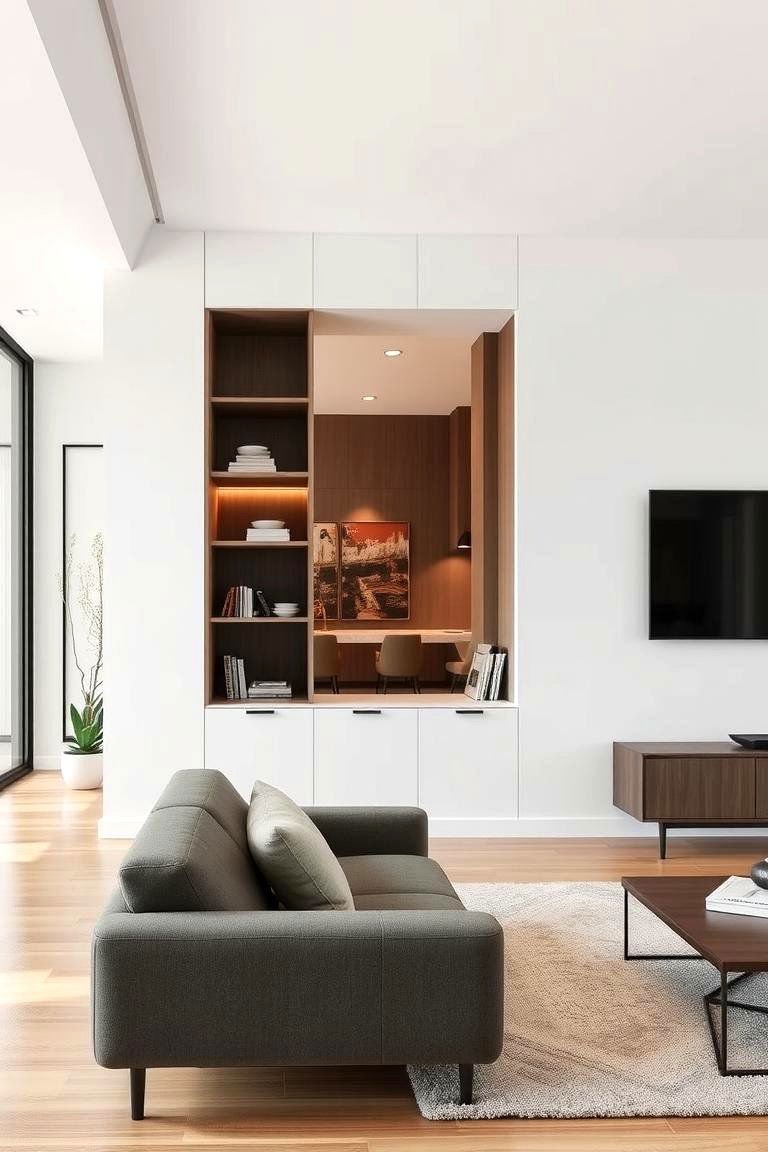
Consider creating a false wall with a hidden door disguised as a simple niche or shelving unit. This allows you to create a secret room or storage space without significantly altering the existing structure of your home. The advantage is the flexibility in design and the ability to customize the size and purpose of the hidden area. Perhaps a section of the shelving unit pivots or slides to reveal the hidden passage. This is a versatile and effective way to add a secret dimension to your living space.
18. A Rotating Coat Rack Entrance
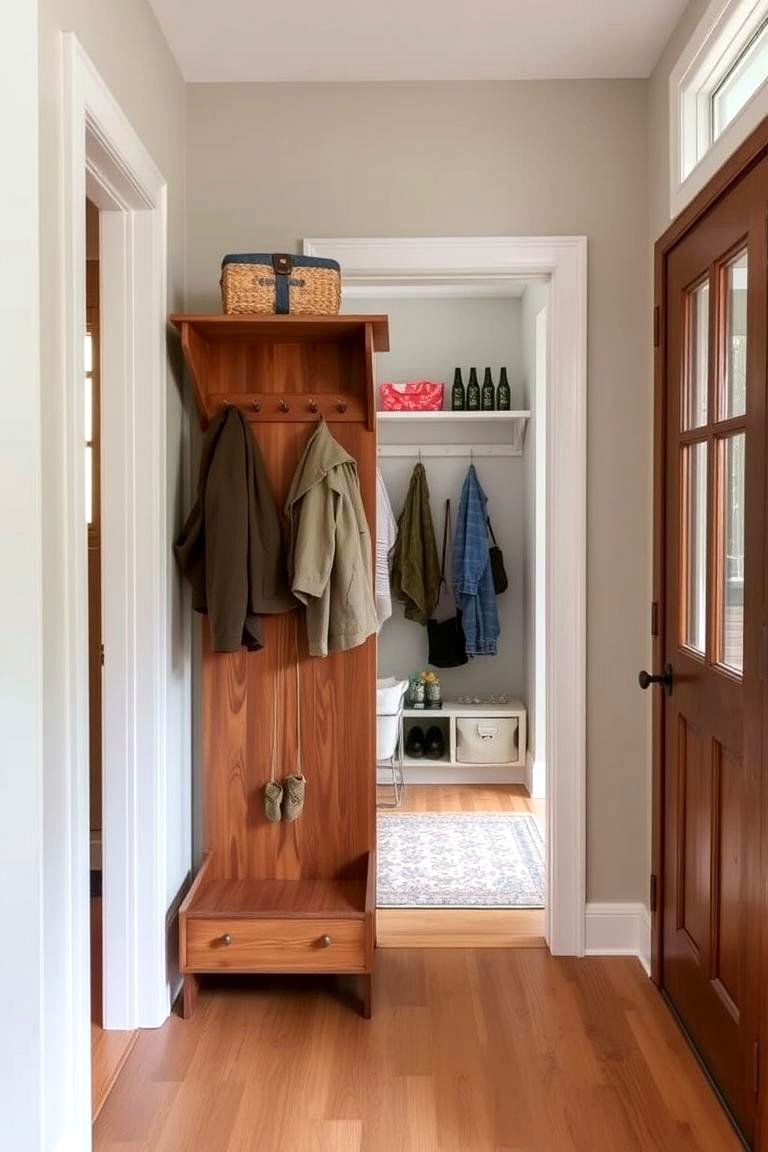
For a unique and functional hidden door, think about a rotating coat rack. This is particularly useful in entryways or hallways where a coat rack is a common fixture. The benefit is the dual functionality and the unexpected nature of the hidden entrance. With a gentle rotation, the entire coat rack could reveal a hidden closet, a mudroom, or even a passage to another room. This is a practical and surprising way to maximize space and add a touch of intrigue to your home's entrance.
19. The Illusion of Stacked Drawers

Another clever idea involves creating the illusion of stacked drawers, where one of the drawer fronts actually functions as a hidden door. This could be integrated into a dresser, a desk, or even kitchen cabinetry. The advantage is the subtle disguise and the seamless blend with existing furniture. With a hidden latch or a specific way of pulling the "drawer," it could swing open to reveal a safe, a hidden compartment, or even a small room. This adds a touch of sophisticated secrecy to your furniture.
20. A Section of Decorative Molding
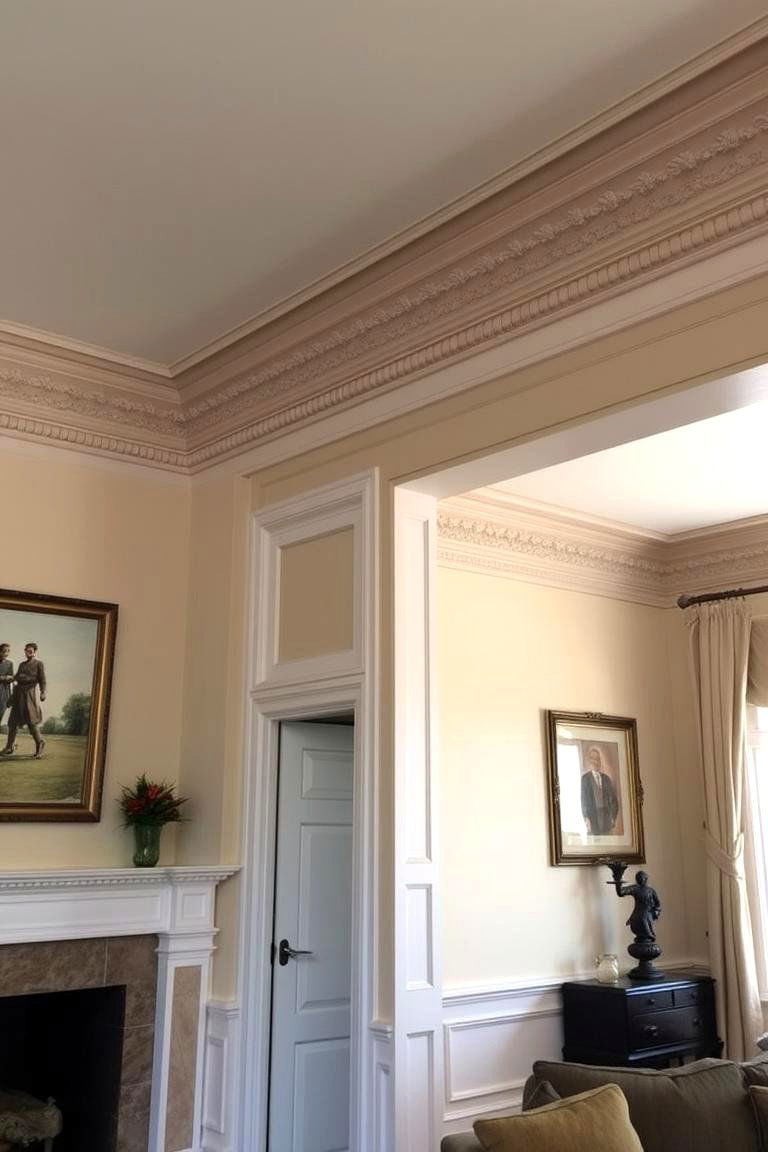
Take a closer look at your room's decorative molding – could a section of it cleverly conceal a hidden door? This subtle approach can be particularly effective for hiding small spaces or compartments. The benefit is the inconspicuous nature of the disguise, as molding is a common architectural detail. Perhaps a section of the baseboard or crown molding can be gently pressed or slid to reveal a hidden safe or a small storage area. This is a discreet and elegant way to integrate hidden functionality into your home's design.
21. The Outdoor Shed Secret Entry
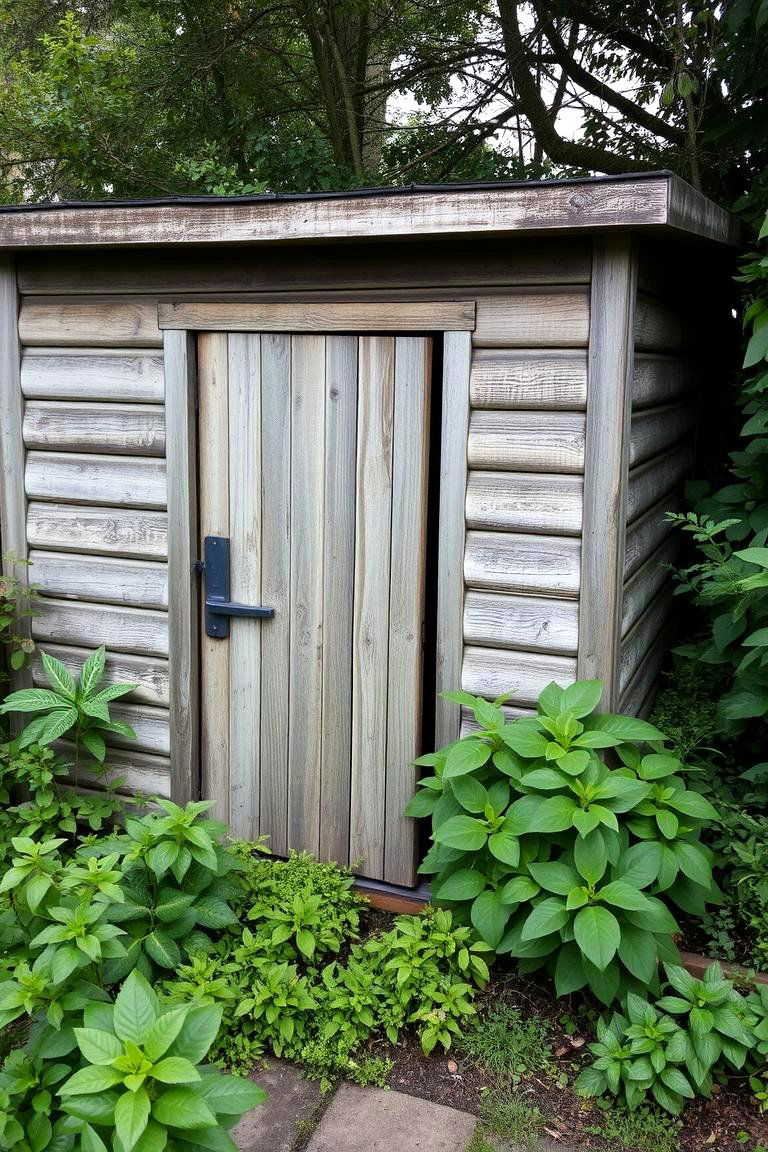
Imagine an ordinary-looking garden shed that holds a secret – a hidden door leading to an underground bunker, a workshop, or even another part of your property. The advantage here is the unexpected nature of this outdoor concealment. A section of the shed's wall or even the floor could be designed to open, revealing a hidden entrance. This adds a layer of security and surprise to your outdoor space.
22. Integrating with Existing Door Frames
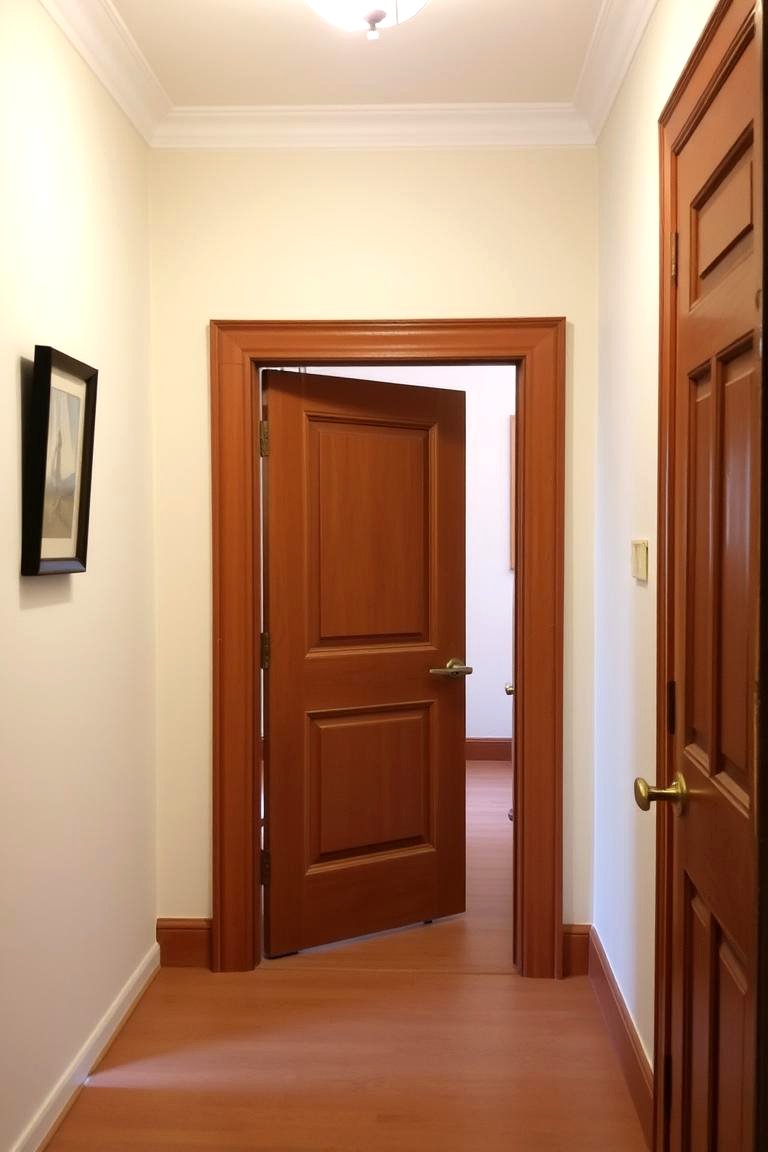
Consider cleverly modifying an existing doorway to include a hidden door within it. This could involve creating a false wall within the frame that swings open, or designing a section of the wall adjacent to the door to conceal a passage. The benefit is the subtle integration with a common architectural feature. This approach can be particularly useful for creating a hidden passage between two adjacent rooms without drastically altering the overall layout.
23. A Hidden Door Behind Curtains
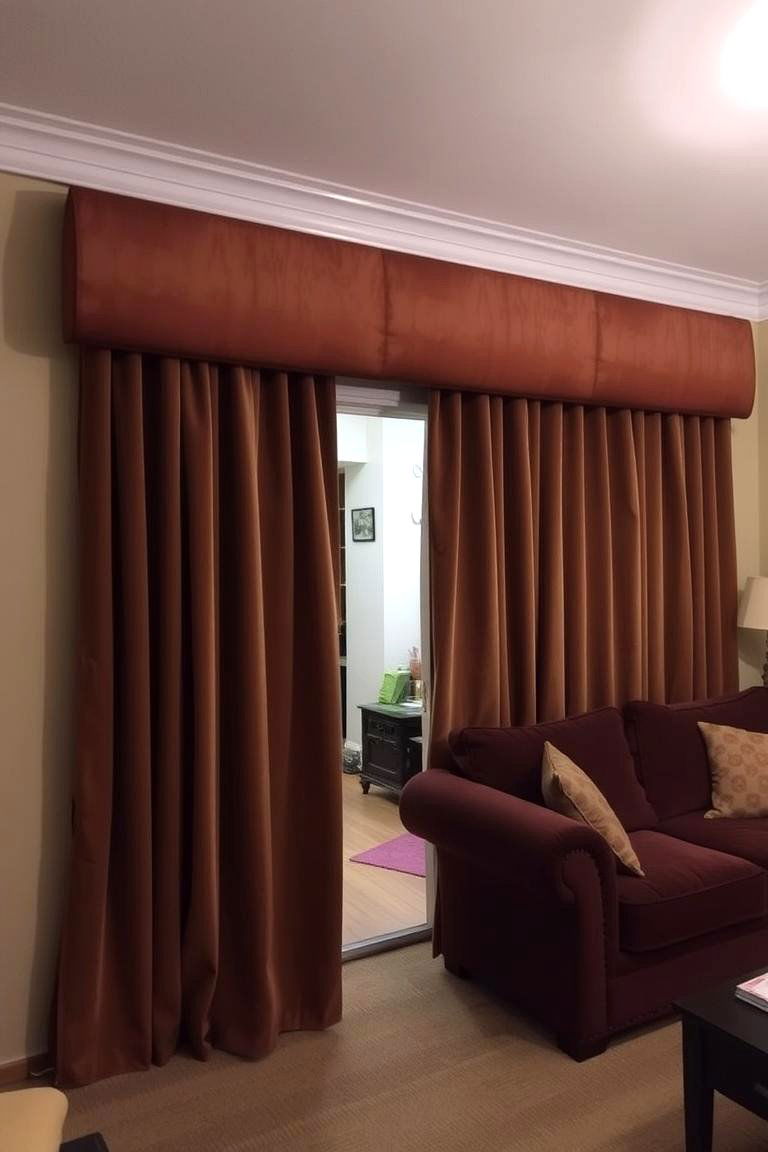
For a simple yet effective hidden door, think about using heavy curtains to conceal an entrance. This is a cost-effective and relatively easy way to create a sense of mystery and divide spaces. The advantage is the flexibility and ease of installation. A section of the wall behind the curtains could house a door leading to a storage area, a small office, or another room. This is a practical solution for temporary or less permanent hidden door needs.
24. The Panoramic View Disguise
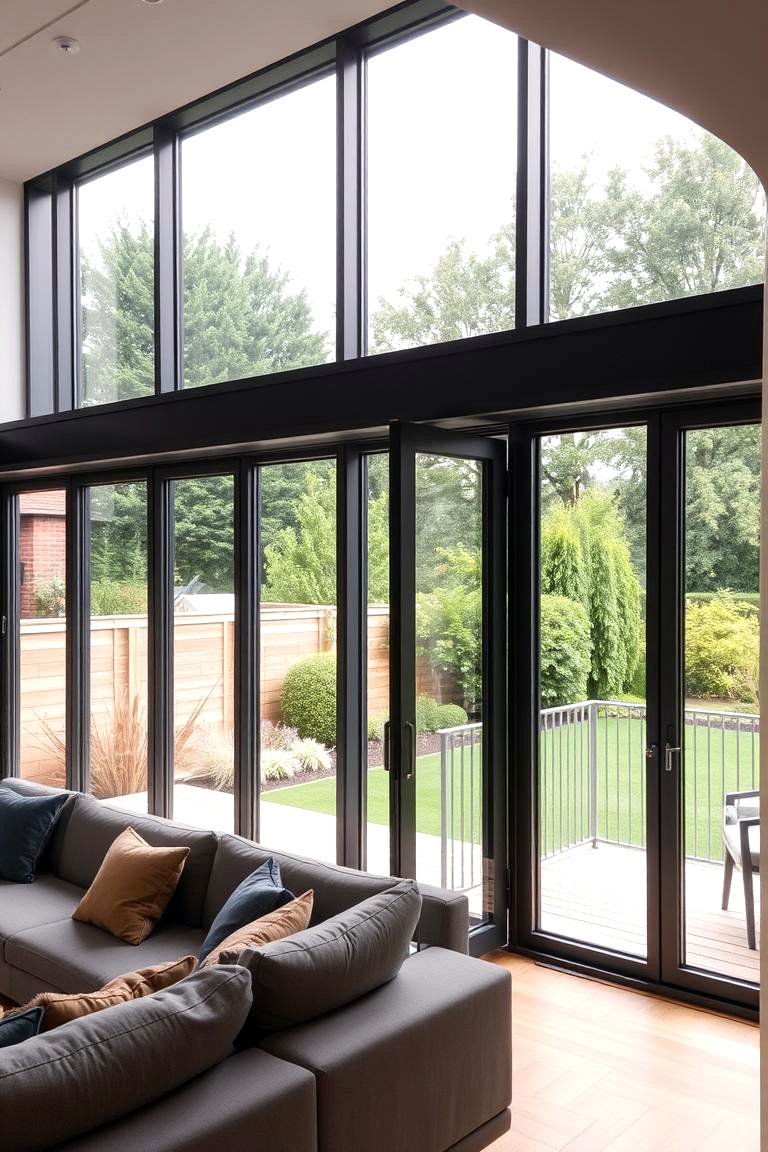
Finally, imagine a large window or a panoramic view that cleverly conceals a hidden door. This design could involve a section of the window frame or the wall surrounding it swinging open to provide access to a balcony, a secret garden, or another part of the house. The benefit is the element of surprise and the seamless integration with a desirable architectural feature. This adds a touch of luxury and unexpected functionality to a room with a view.
Conclusion:
From classic bookshelves to ingenious kitchen cabinet integrations, the world of hidden door ideas offers a remarkable array of possibilities to enhance both the functionality and the mystique of your living spaces. These concealed entrances not only provide practical solutions for storage, security, and space optimization but also inject an element of surprise and delight into our daily lives. Whether you're seeking to create a secret reading nook, a discreet home office, or simply add a touch of unique charm to your home, exploring these 24 hidden door ideas can spark your imagination and unlock a new dimension of design. The clever integration of these secret passages proves that functionality and fantasy can beautifully coexist within the walls of our homes.


